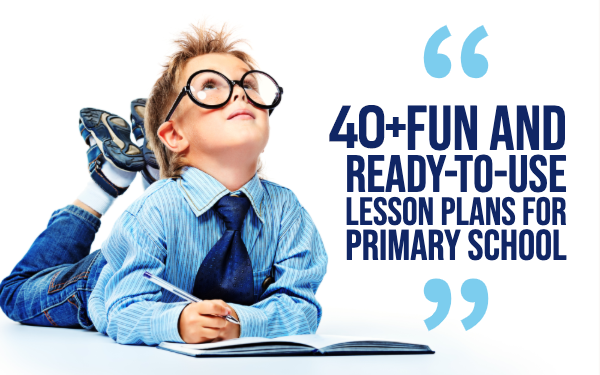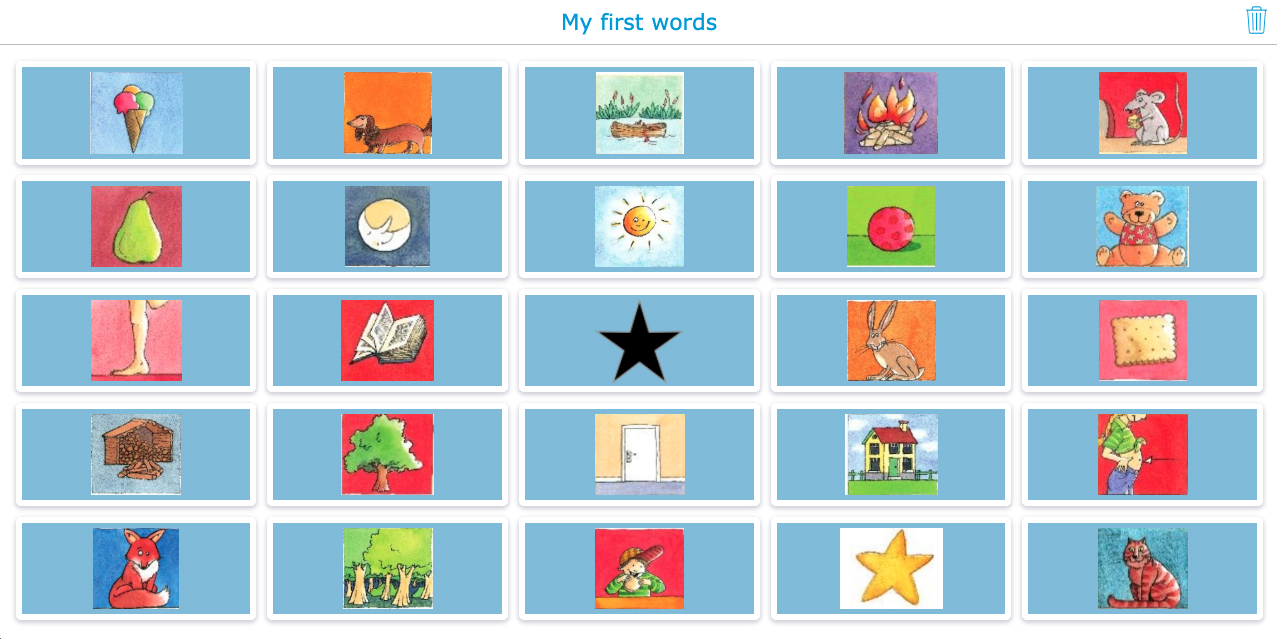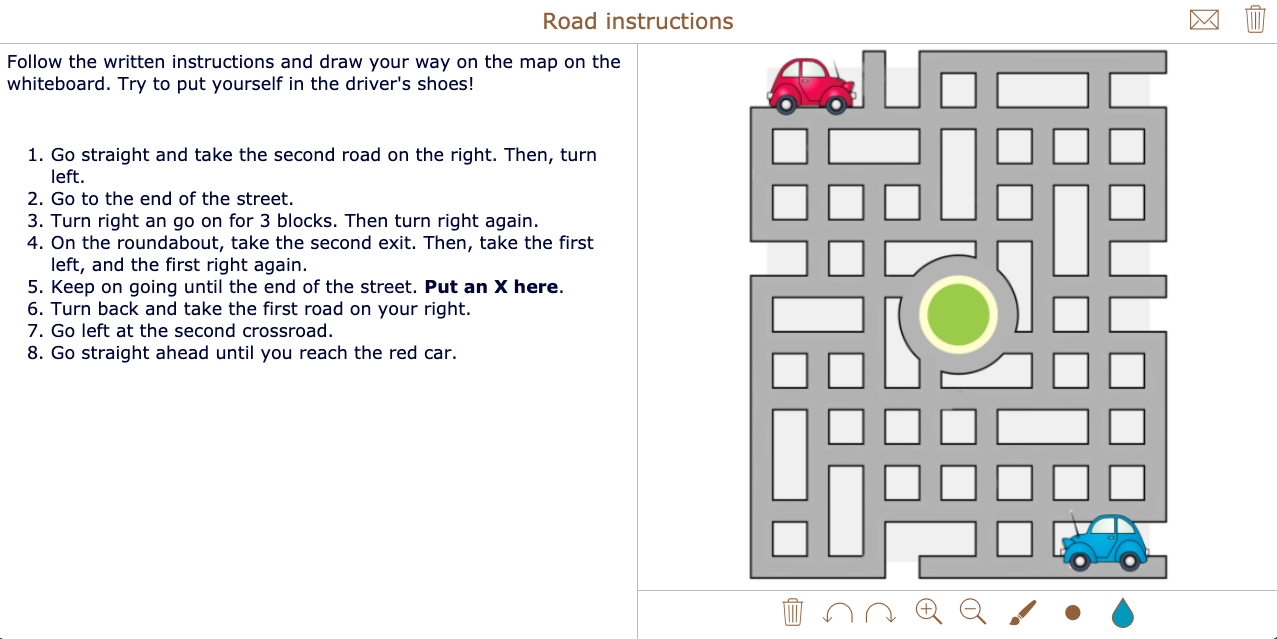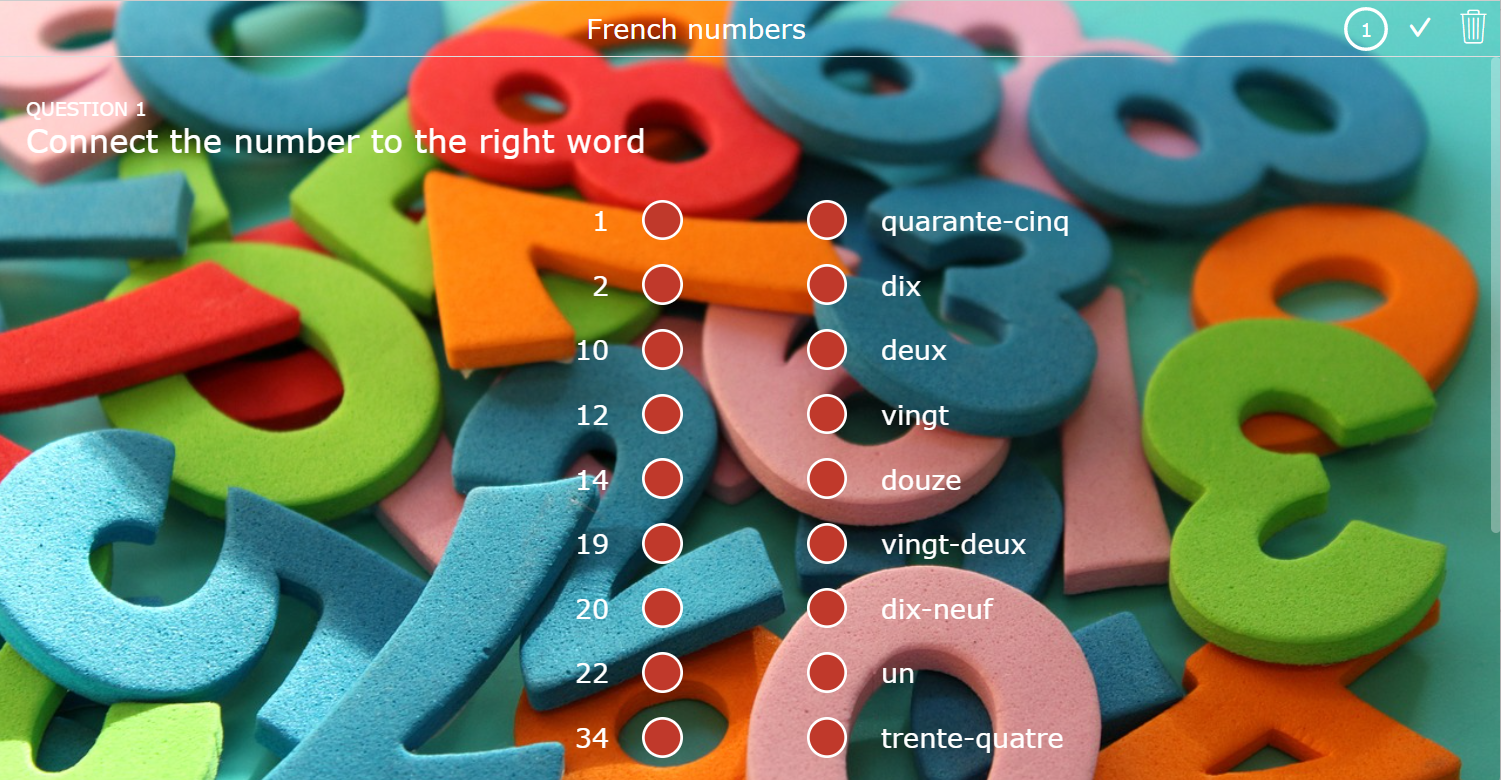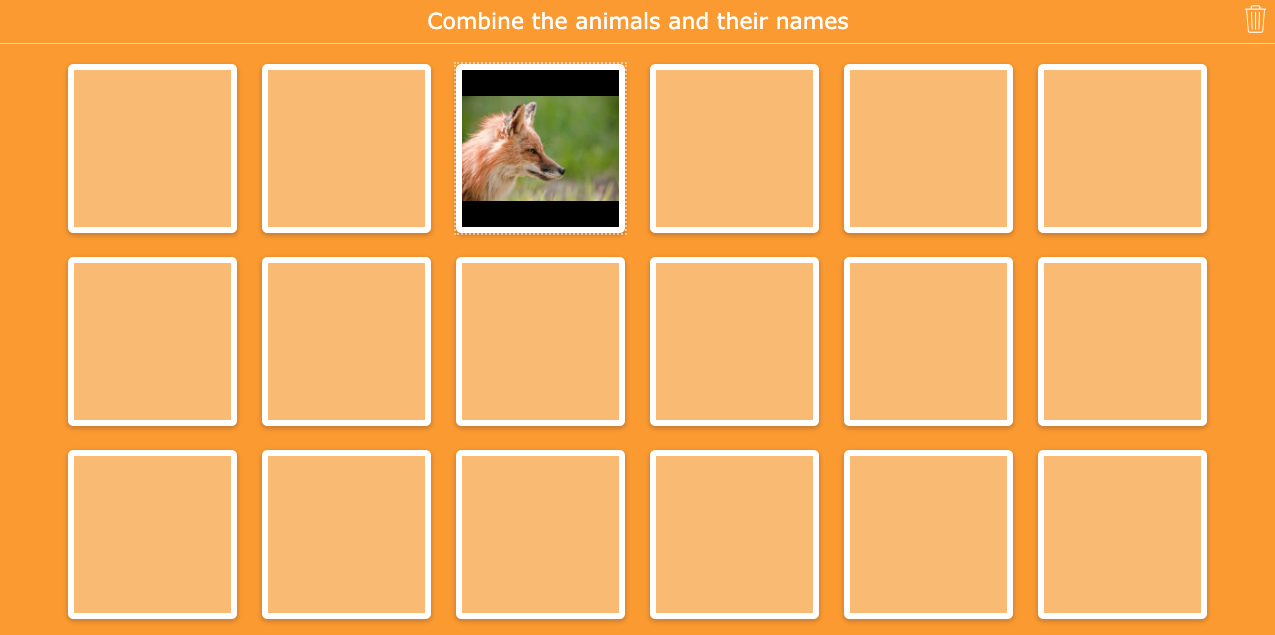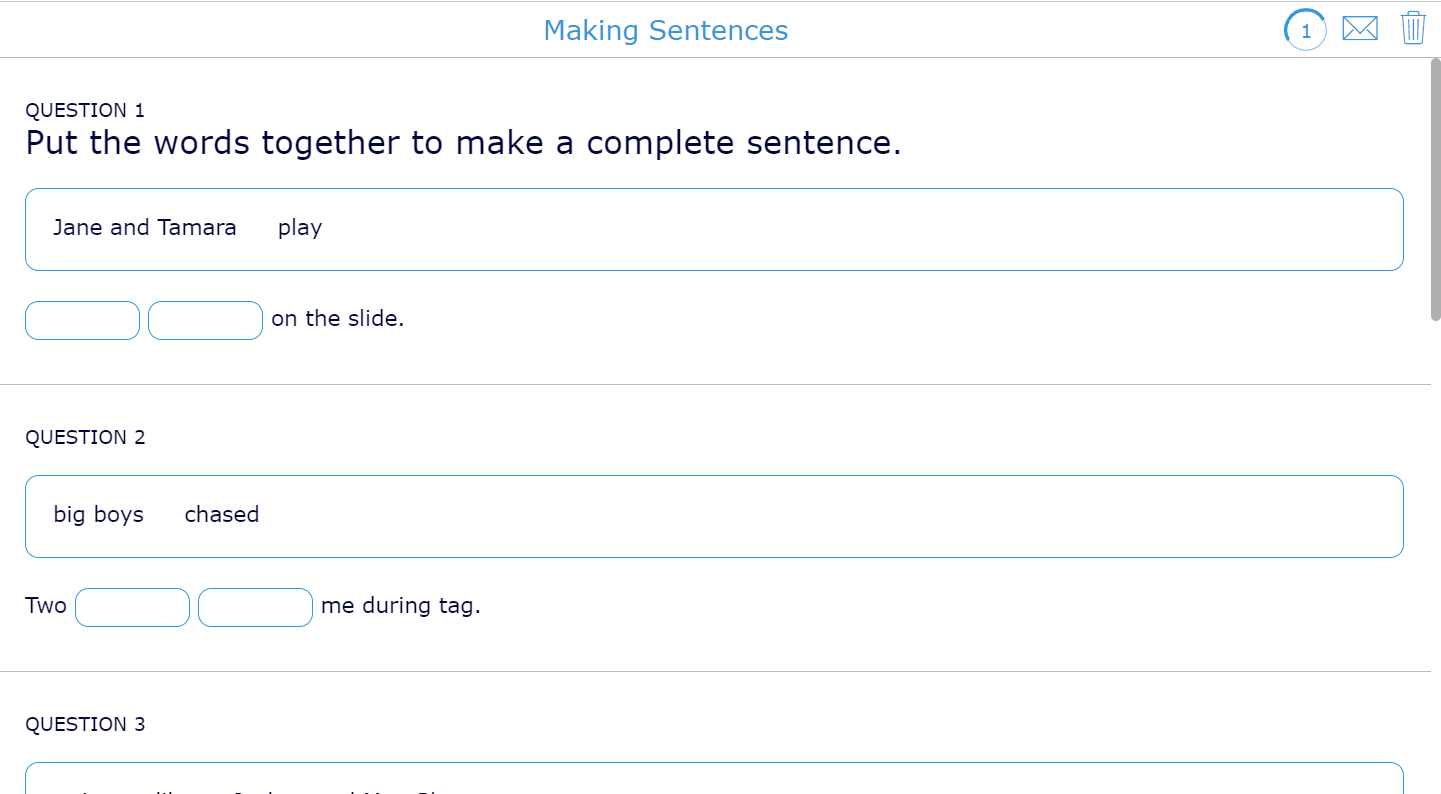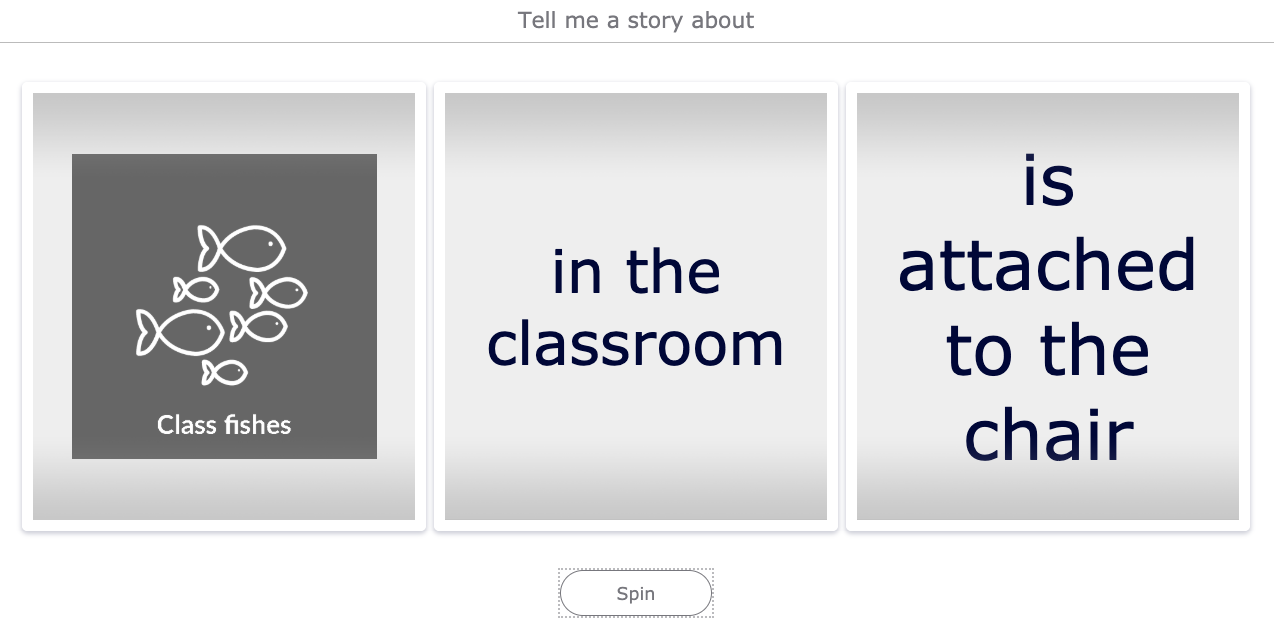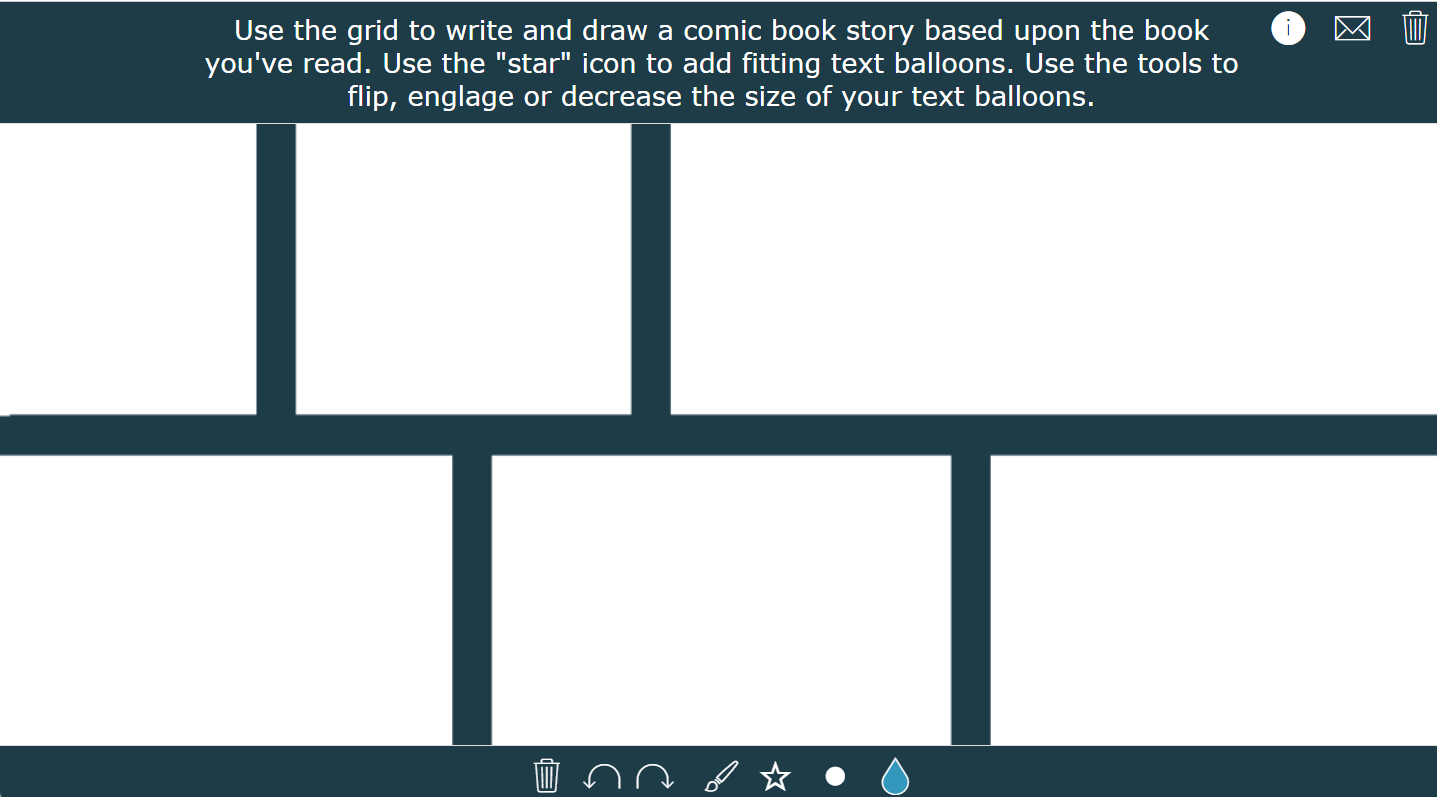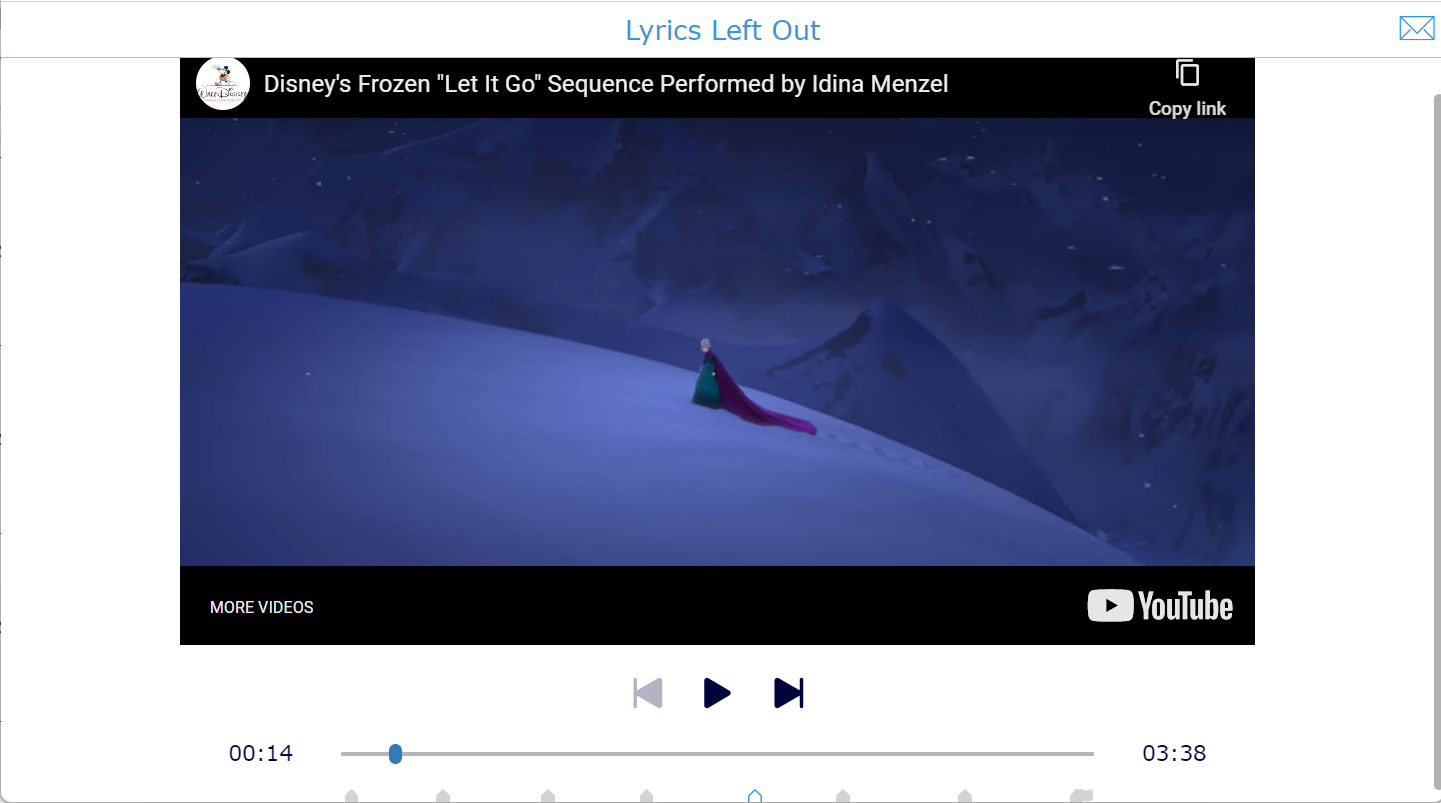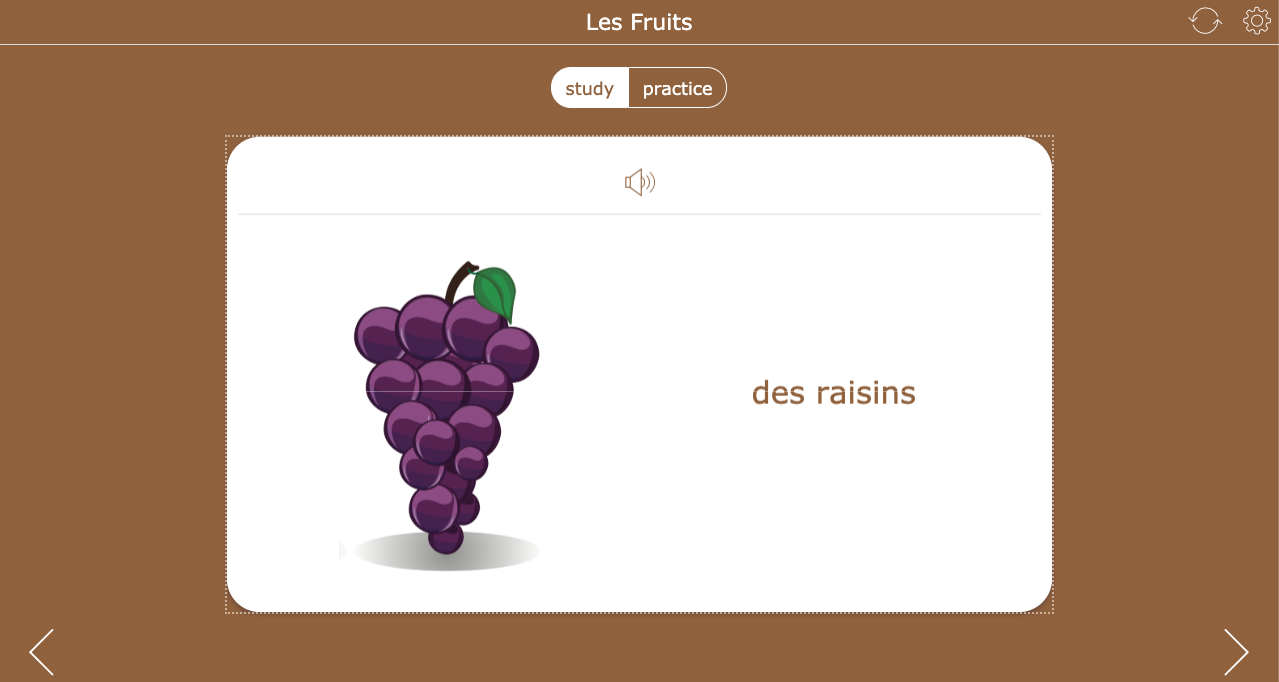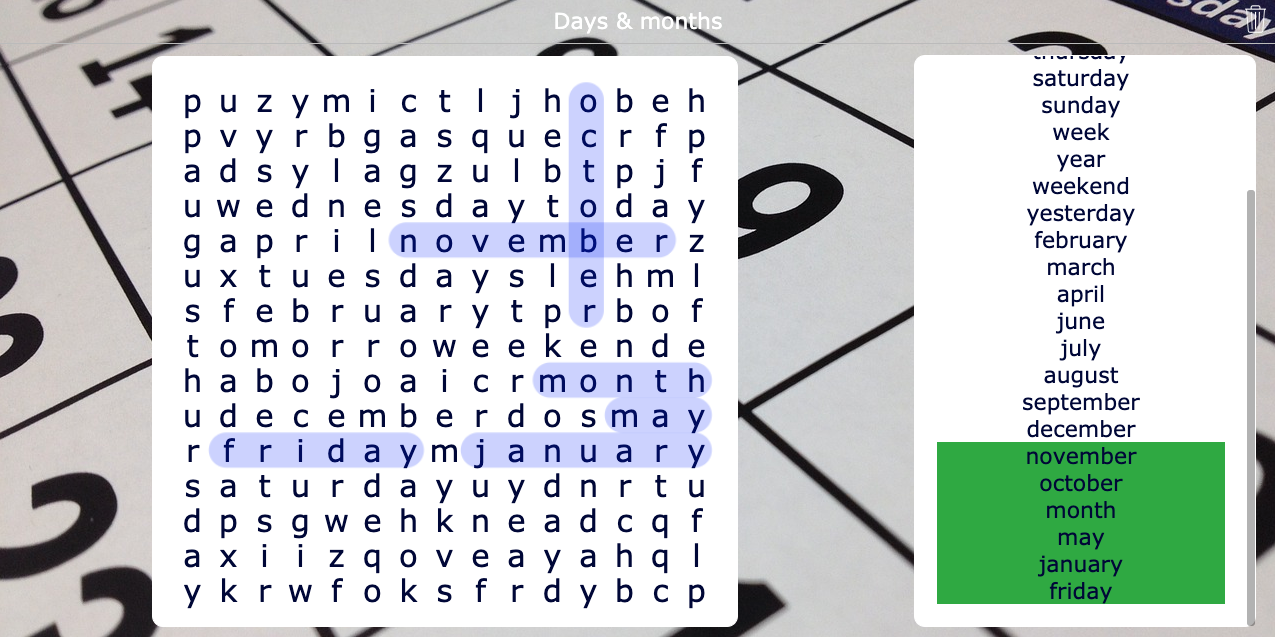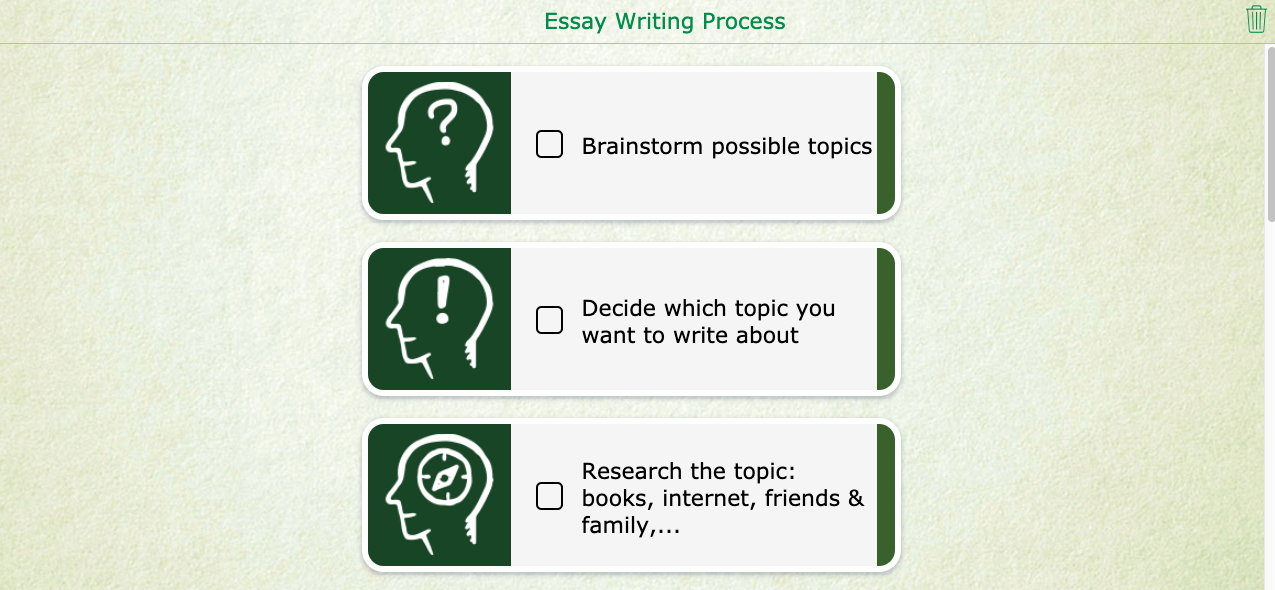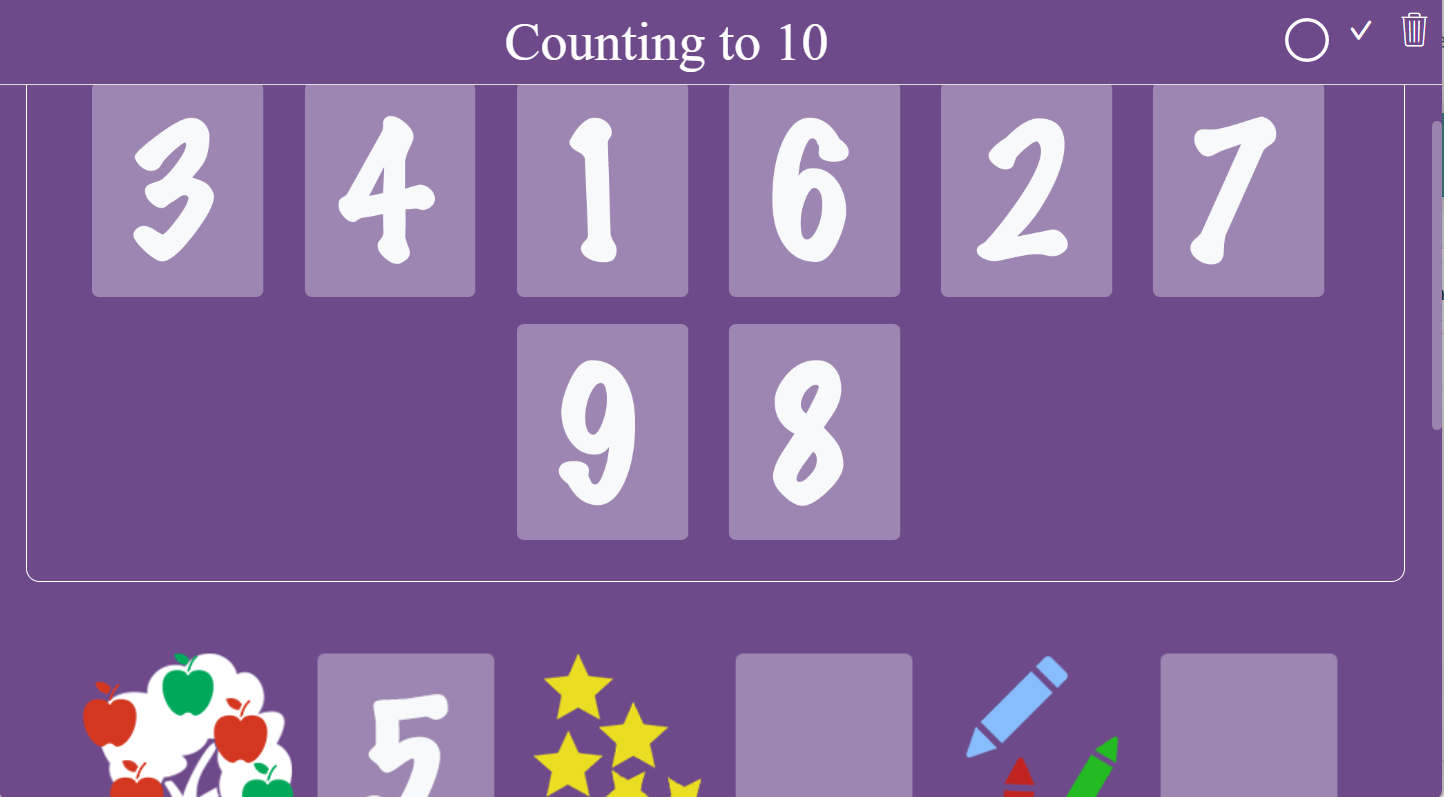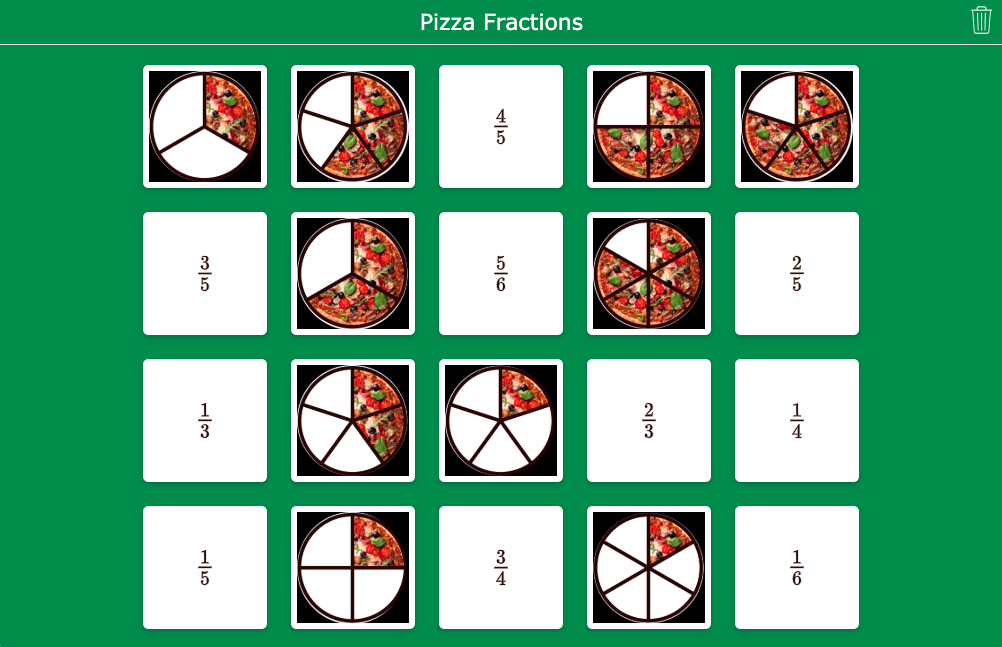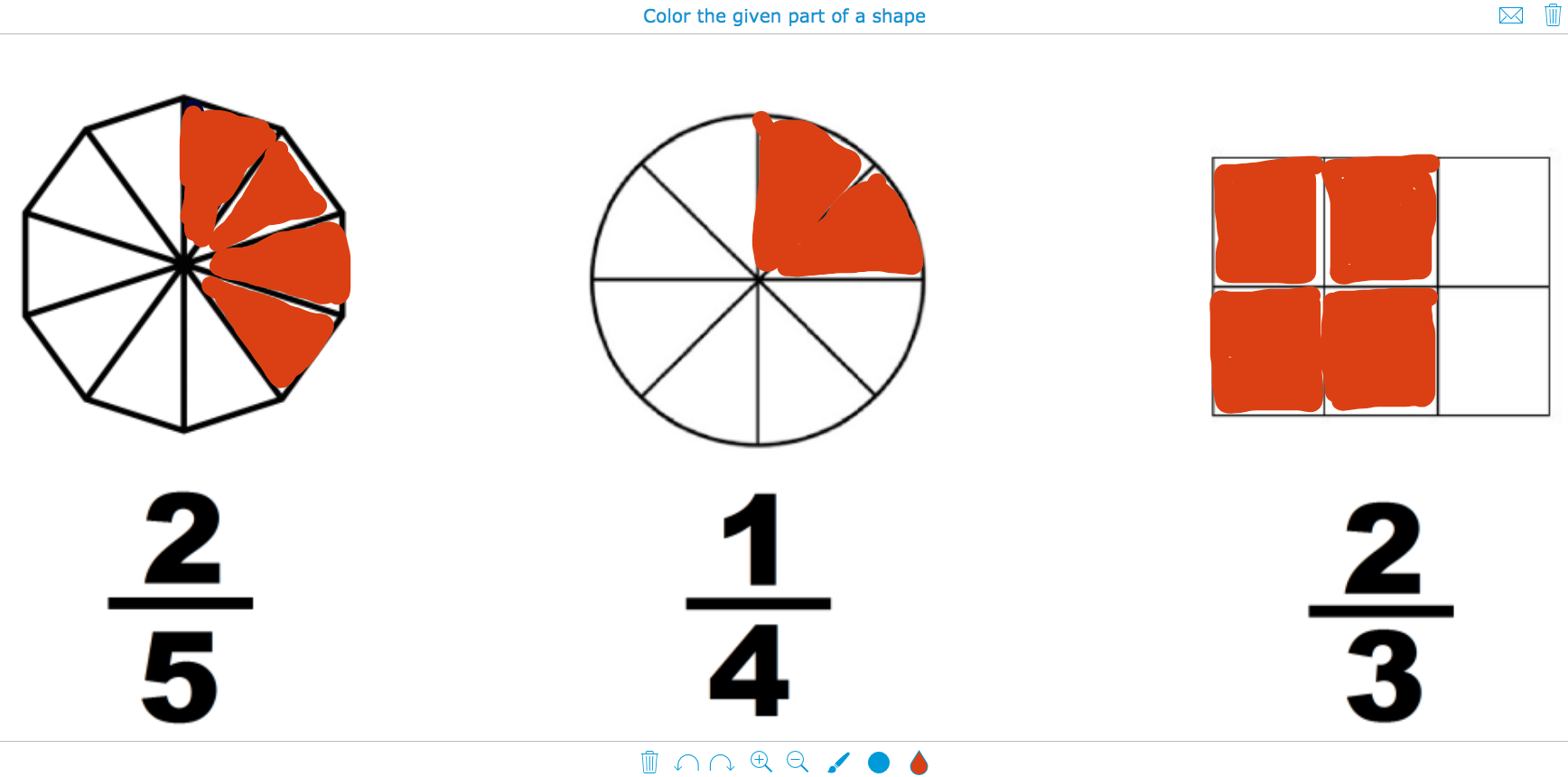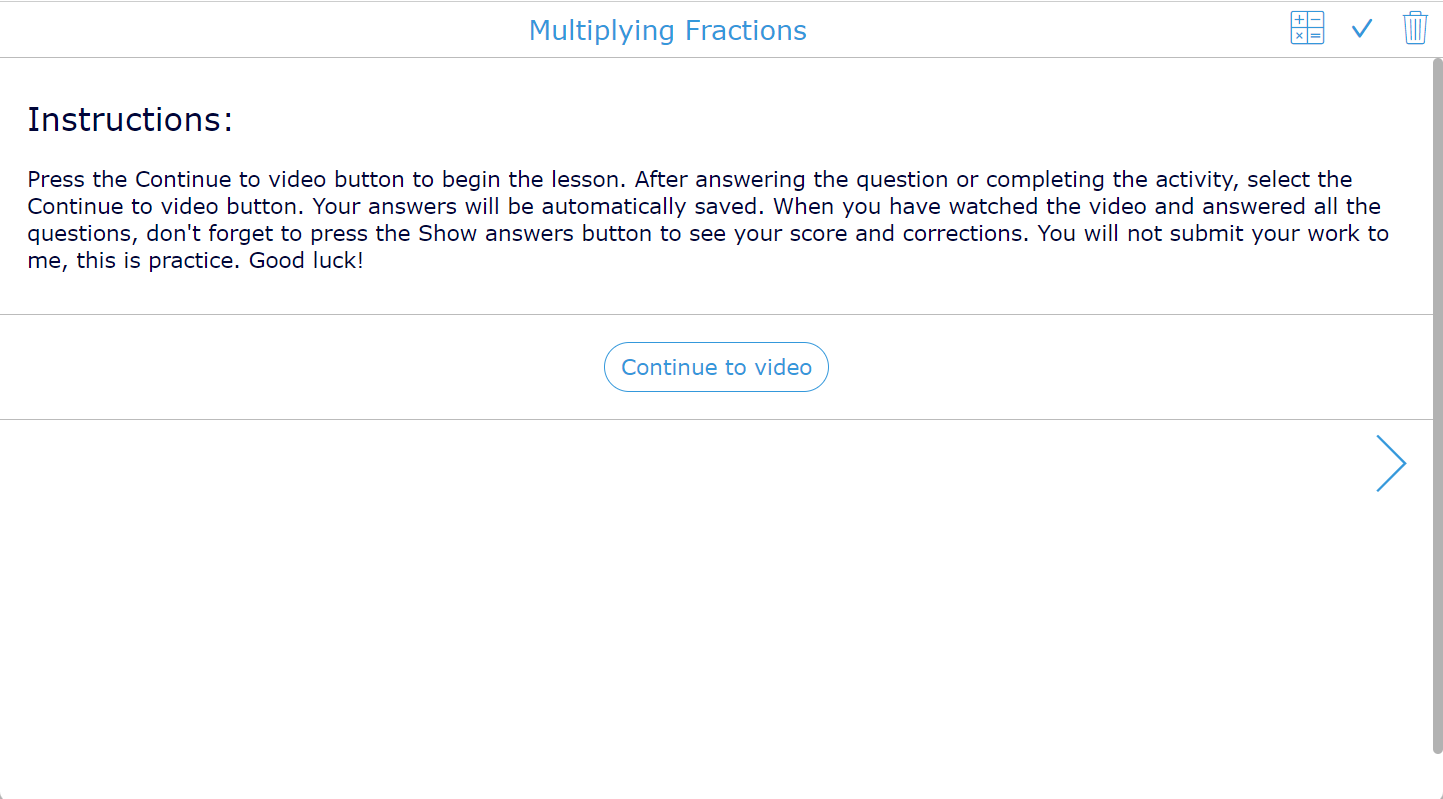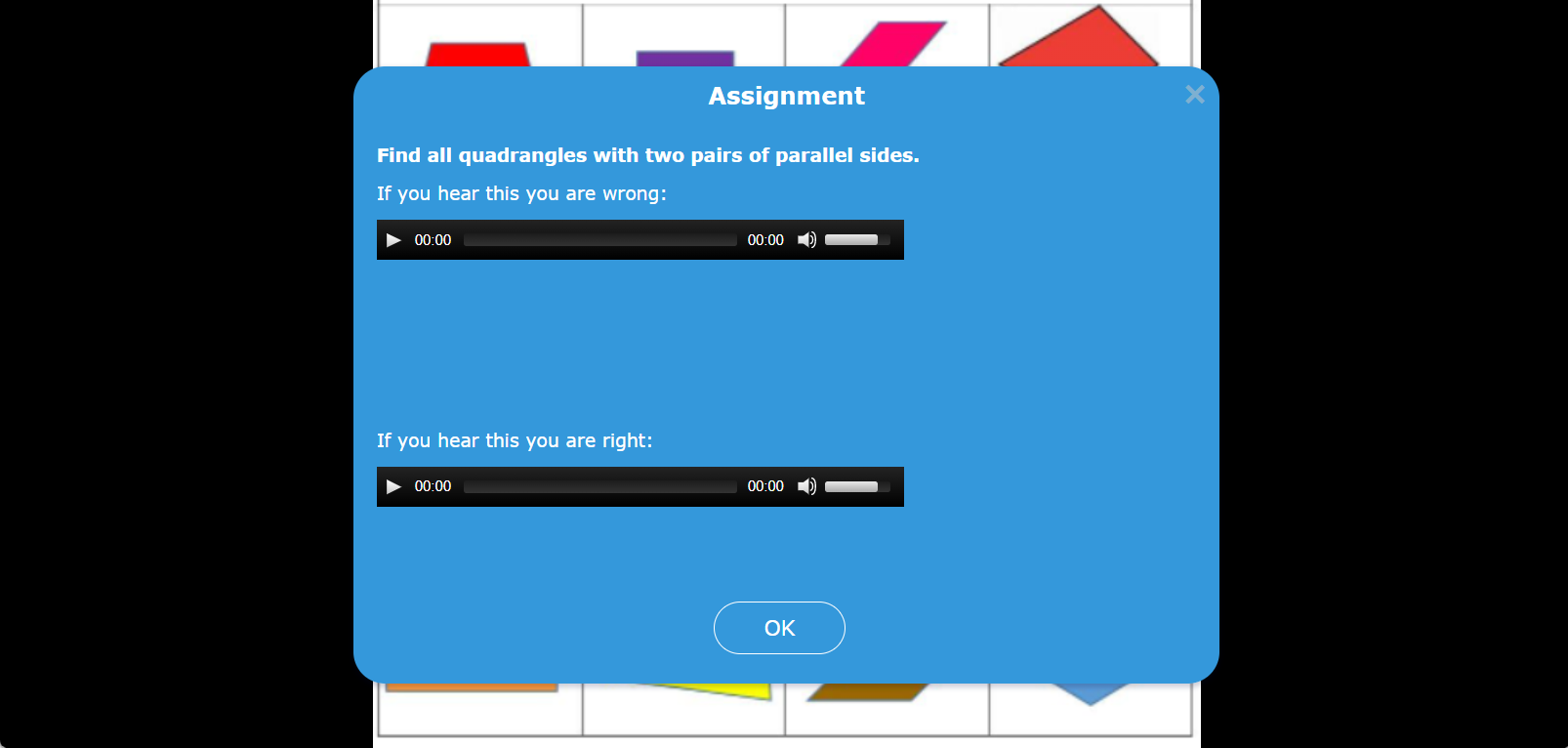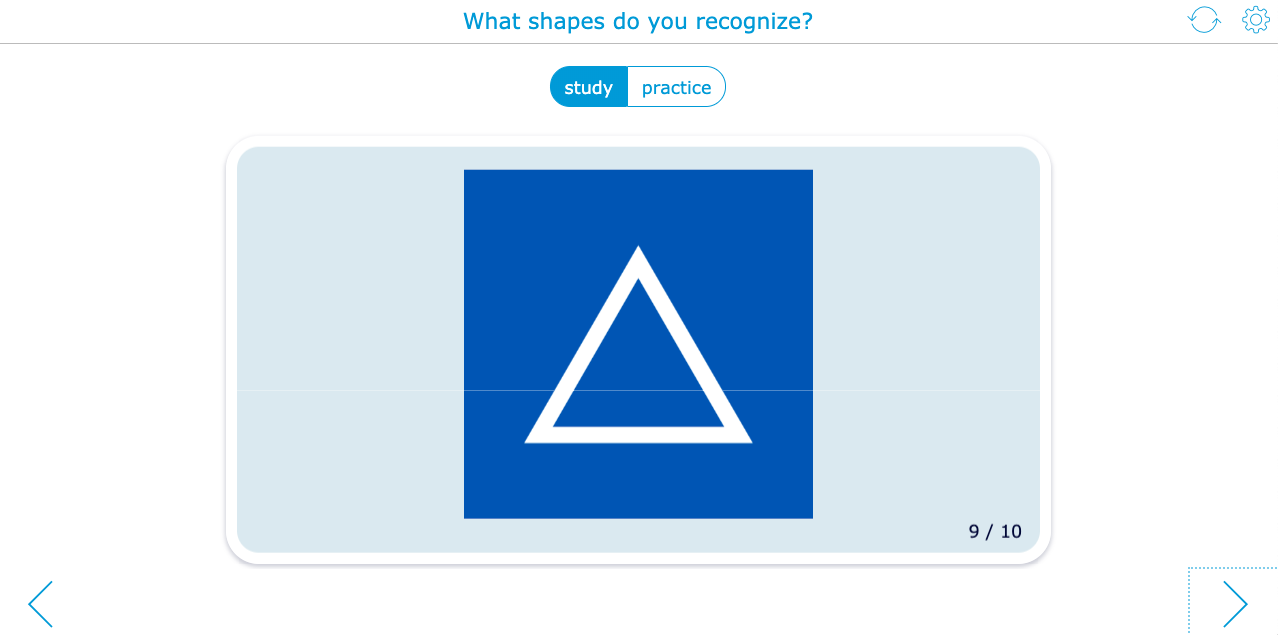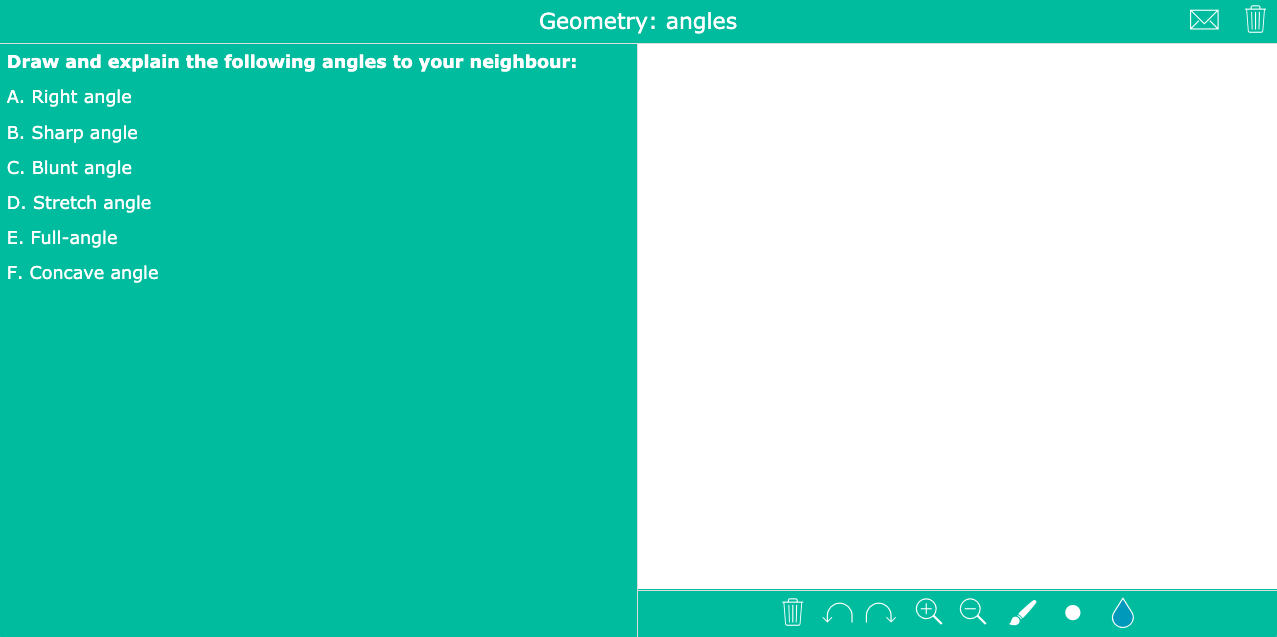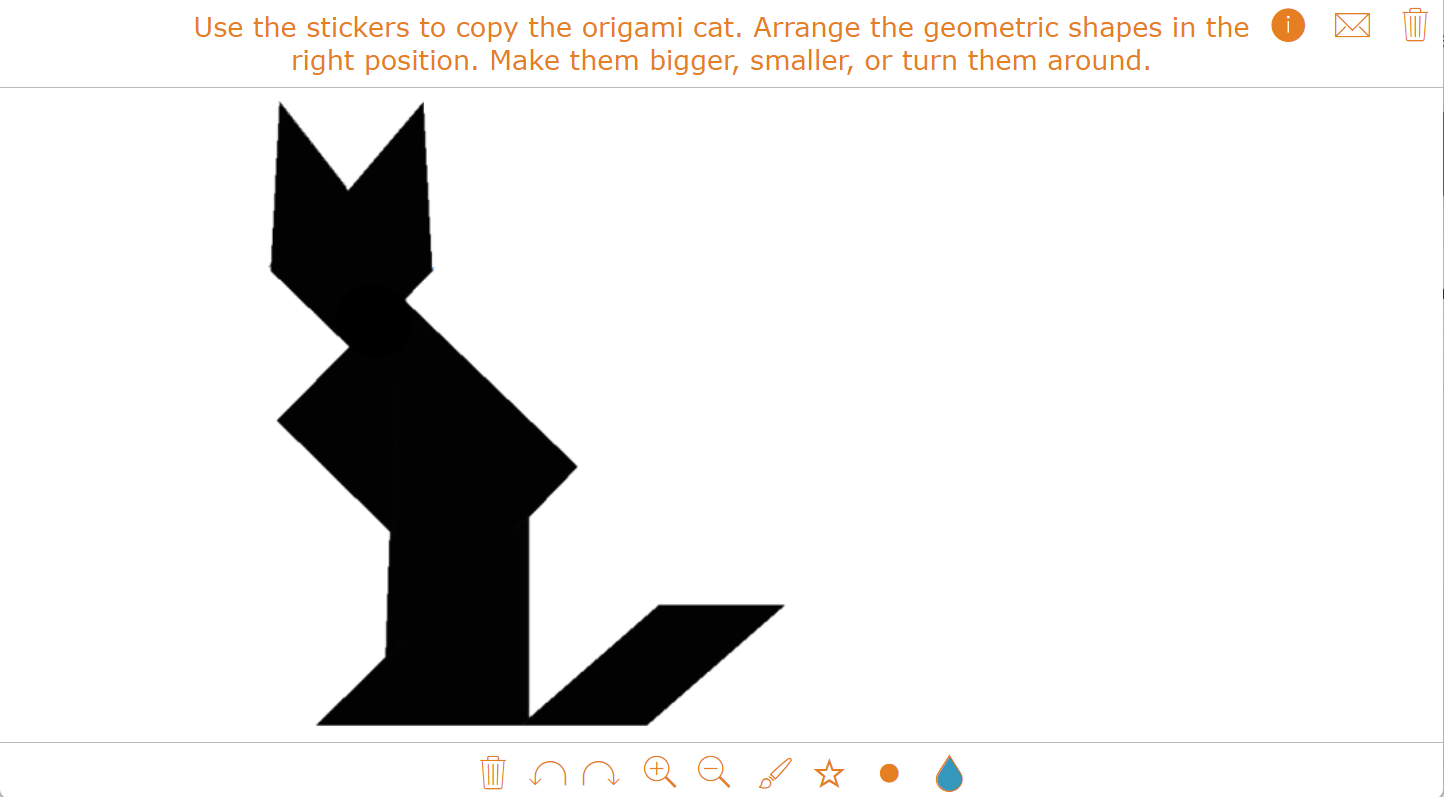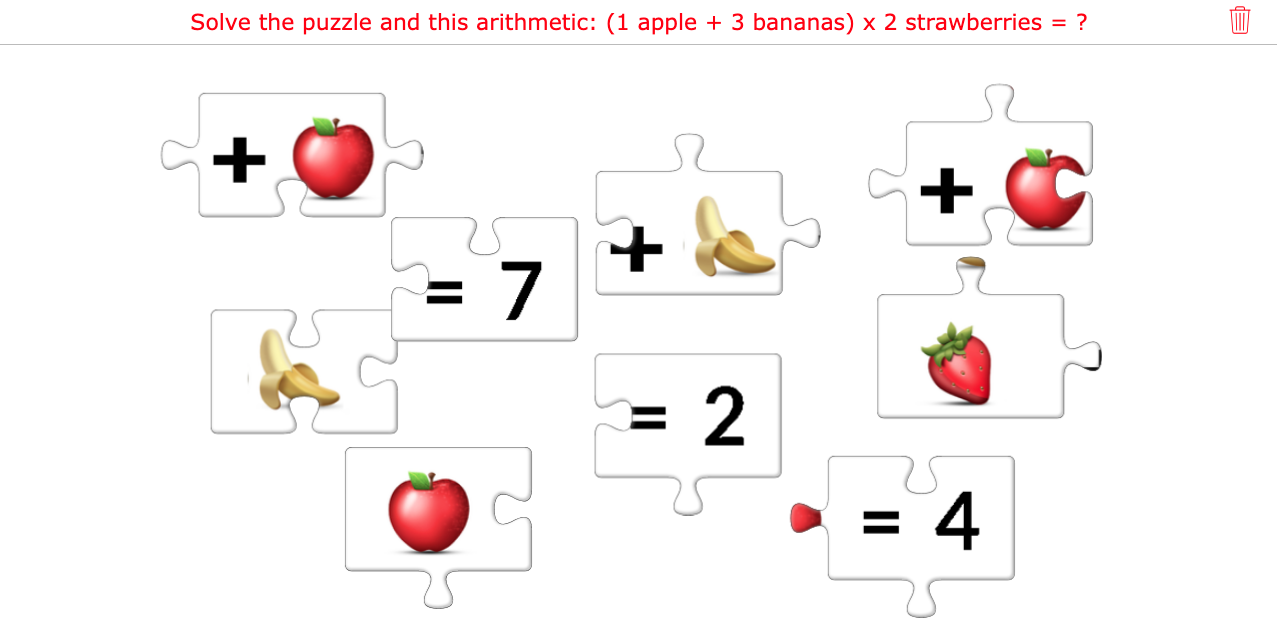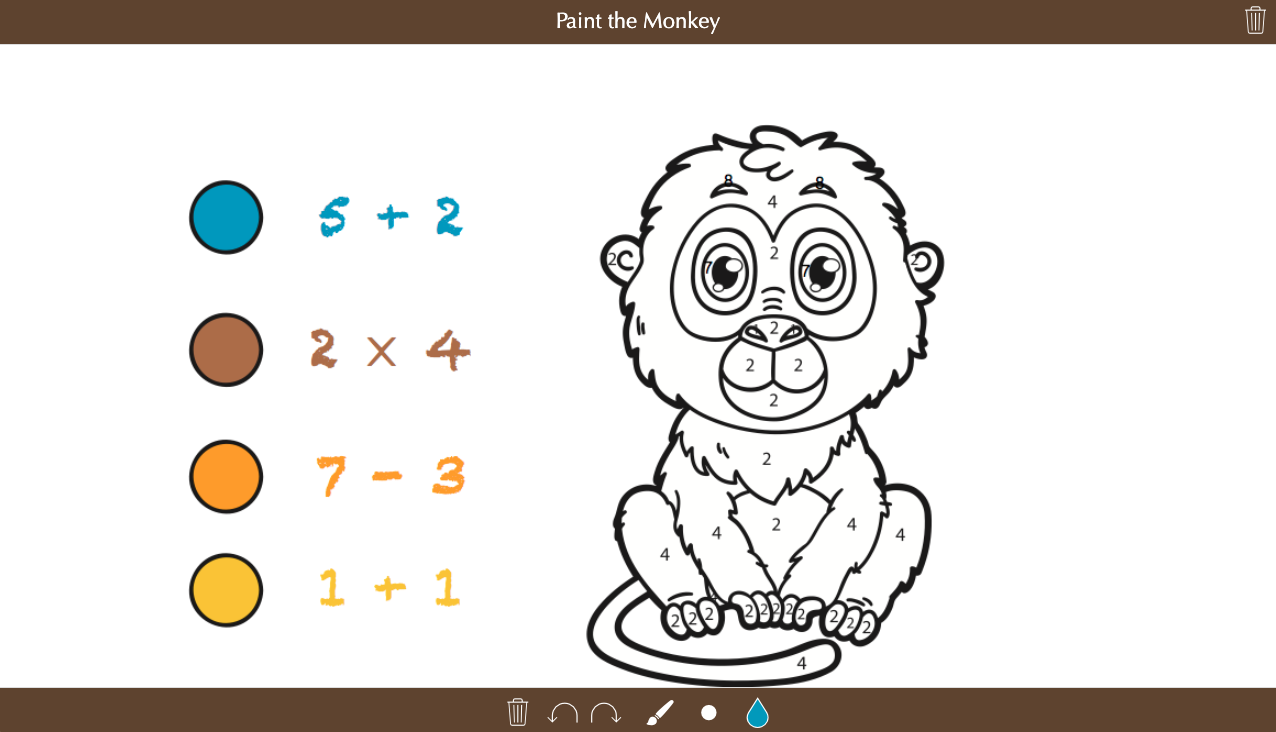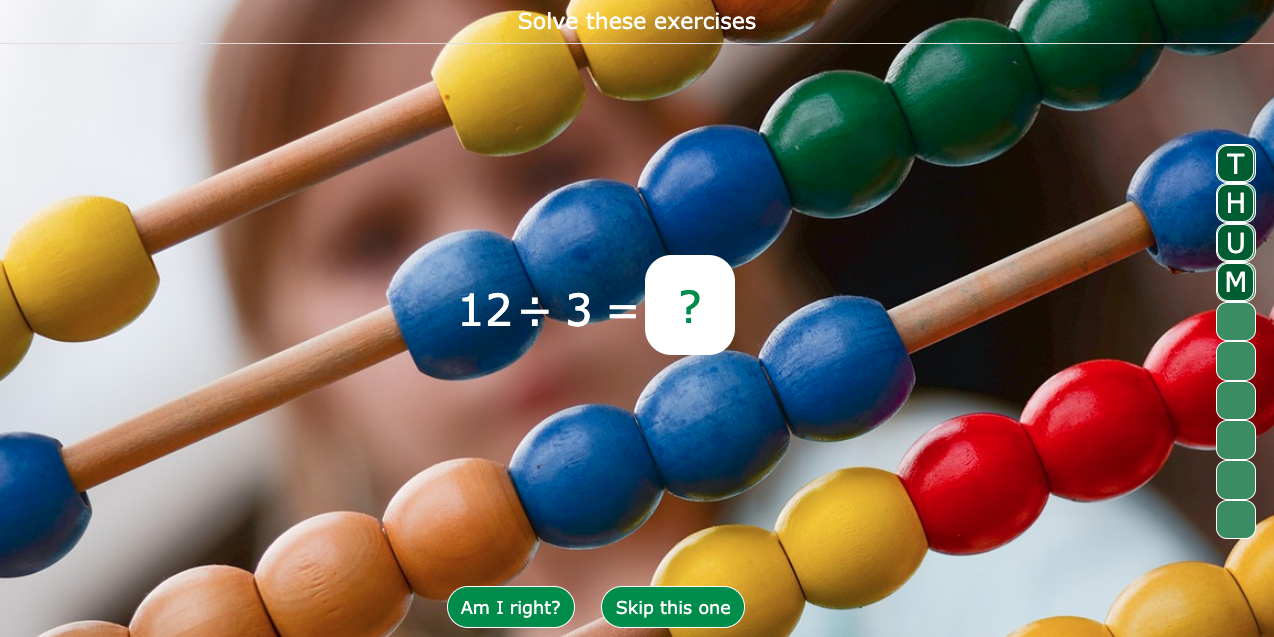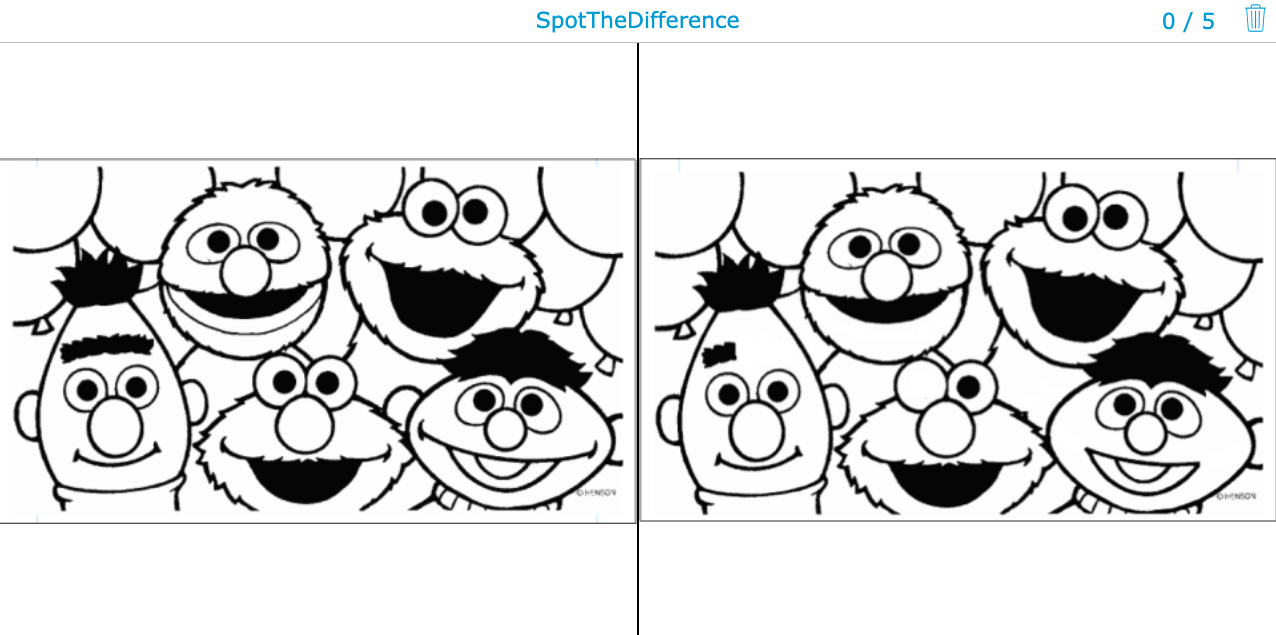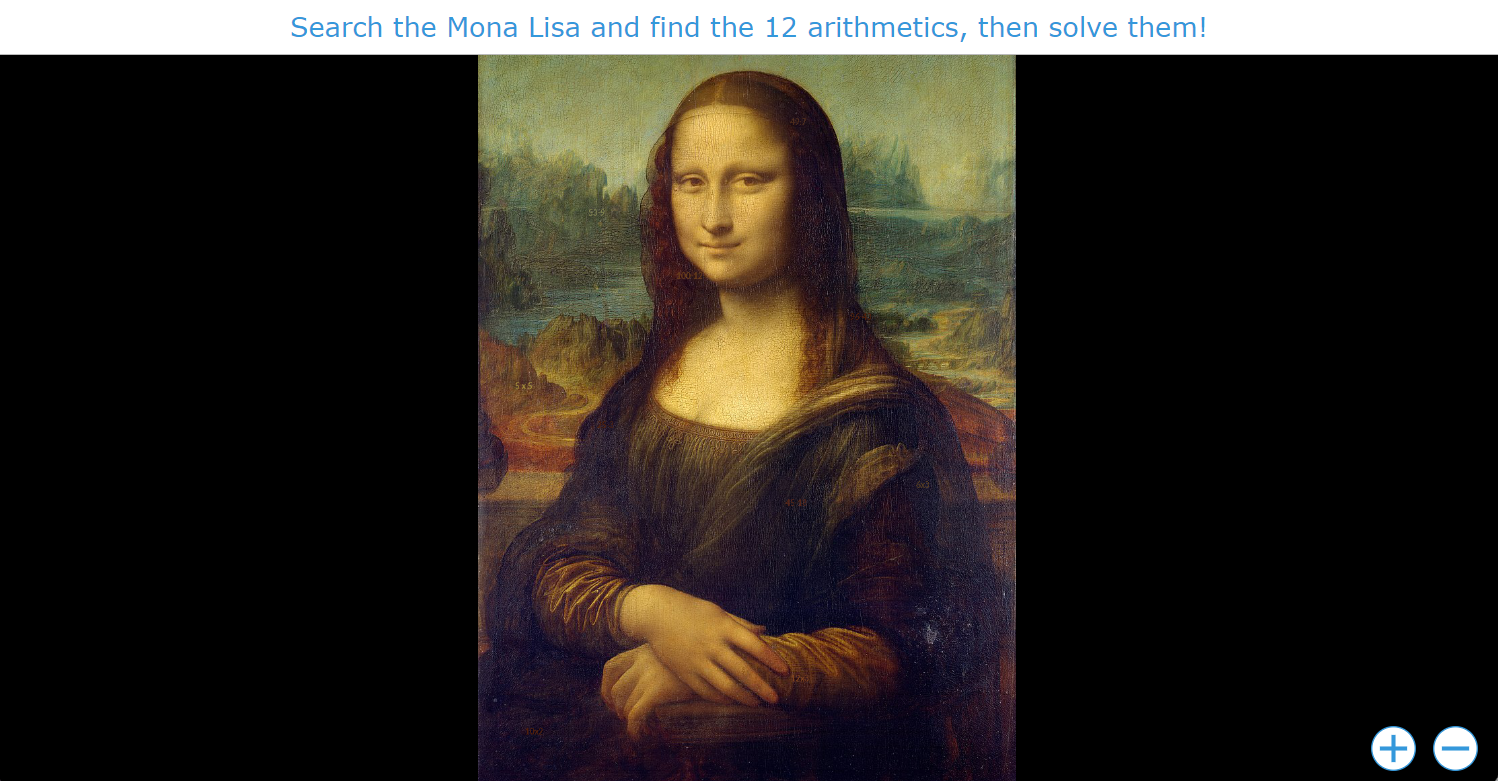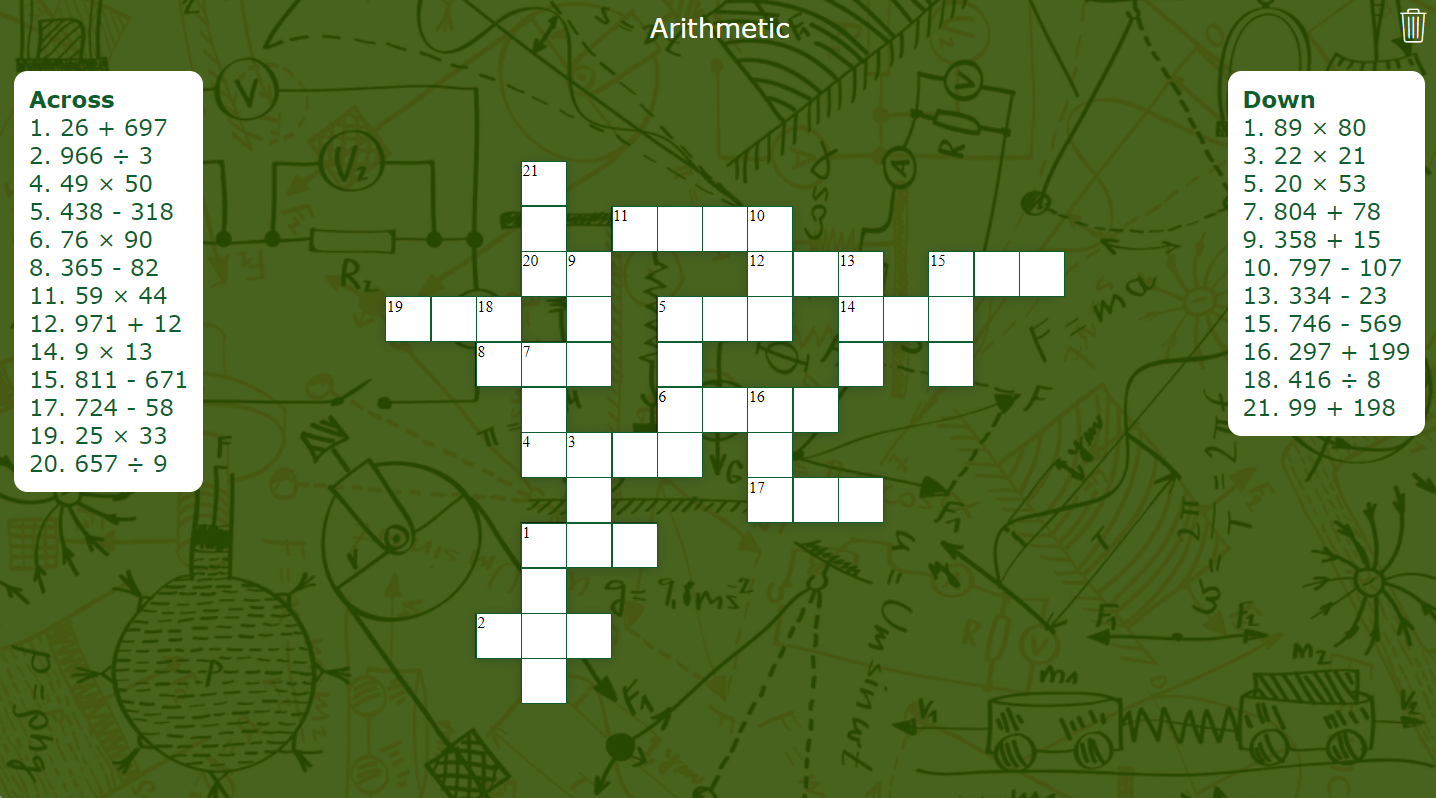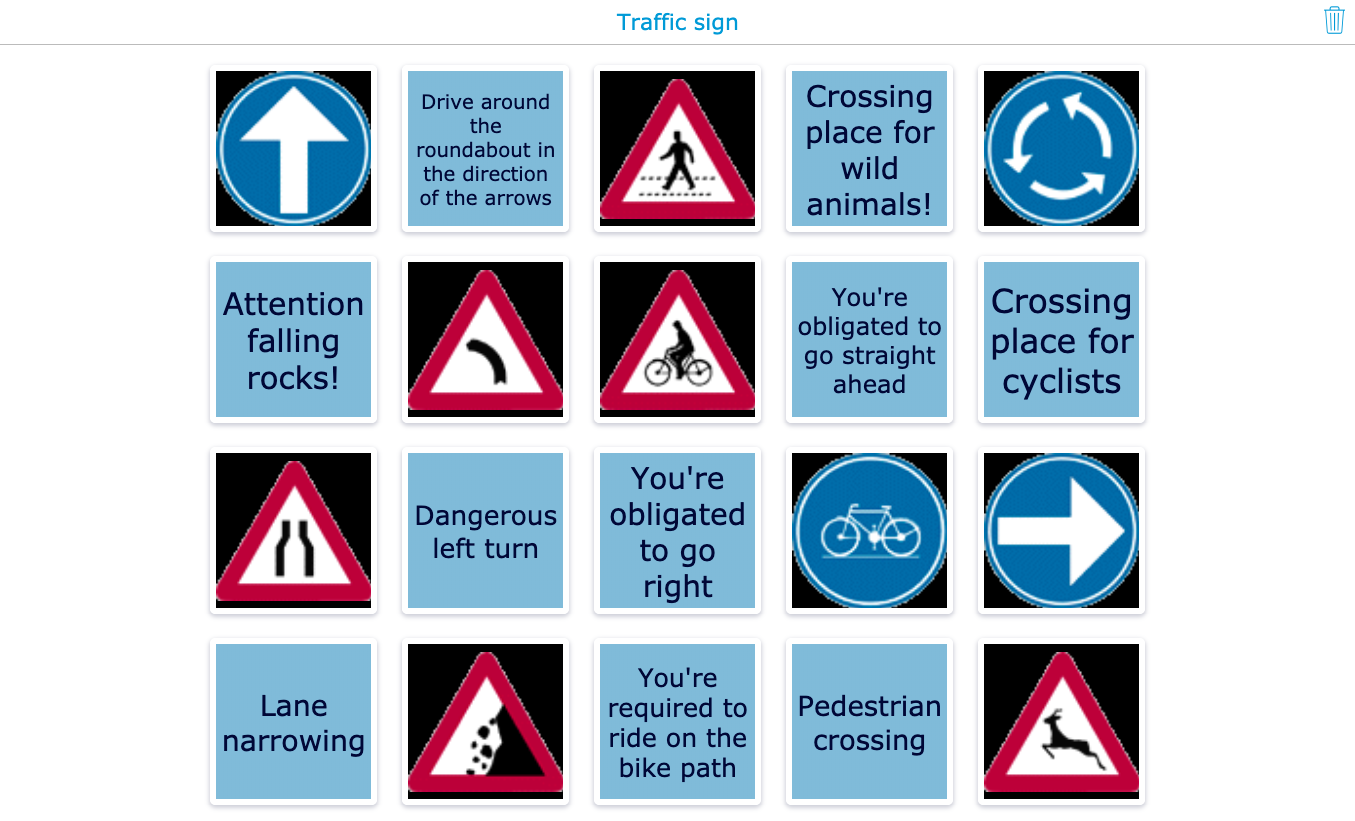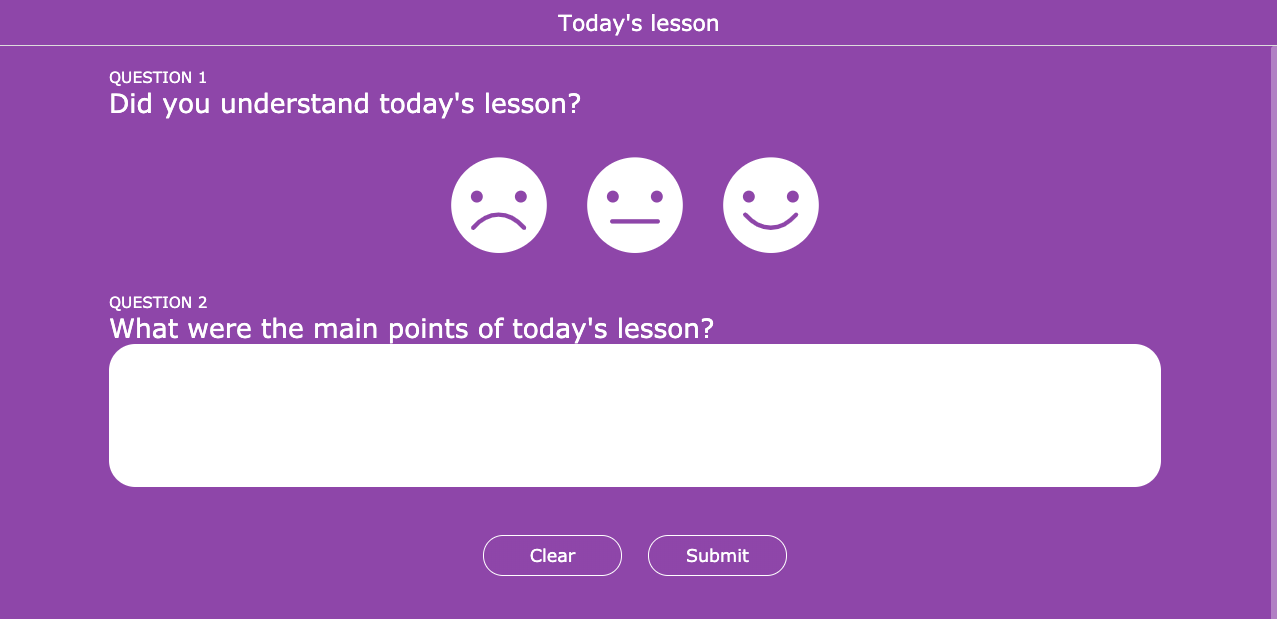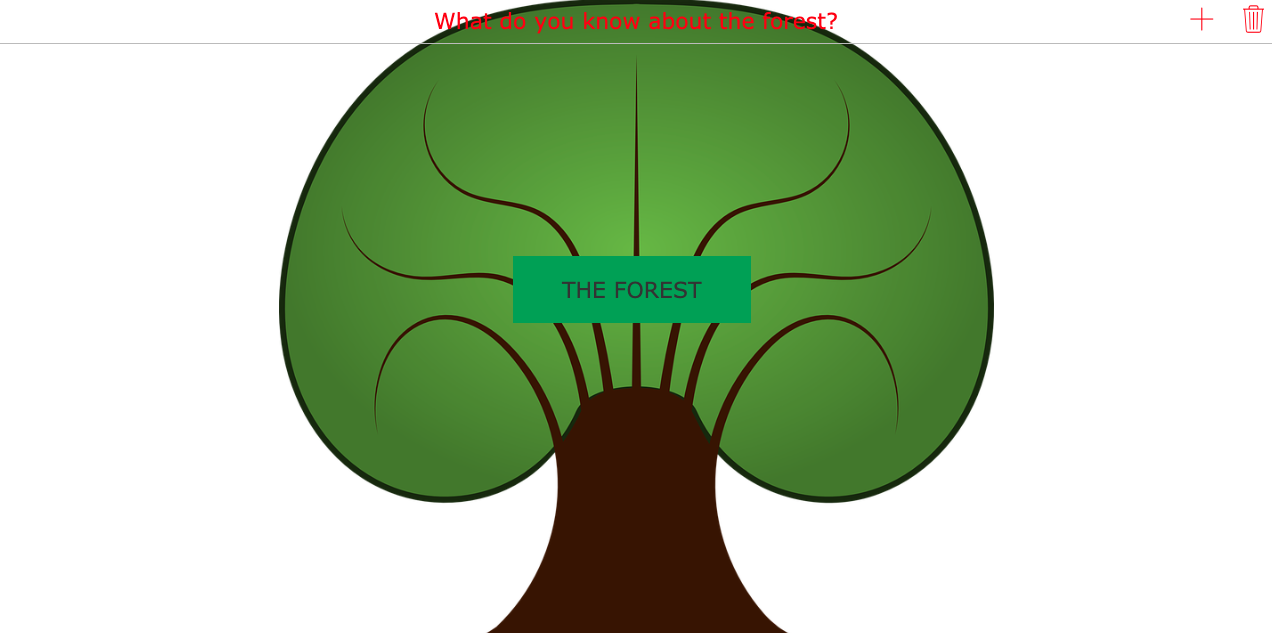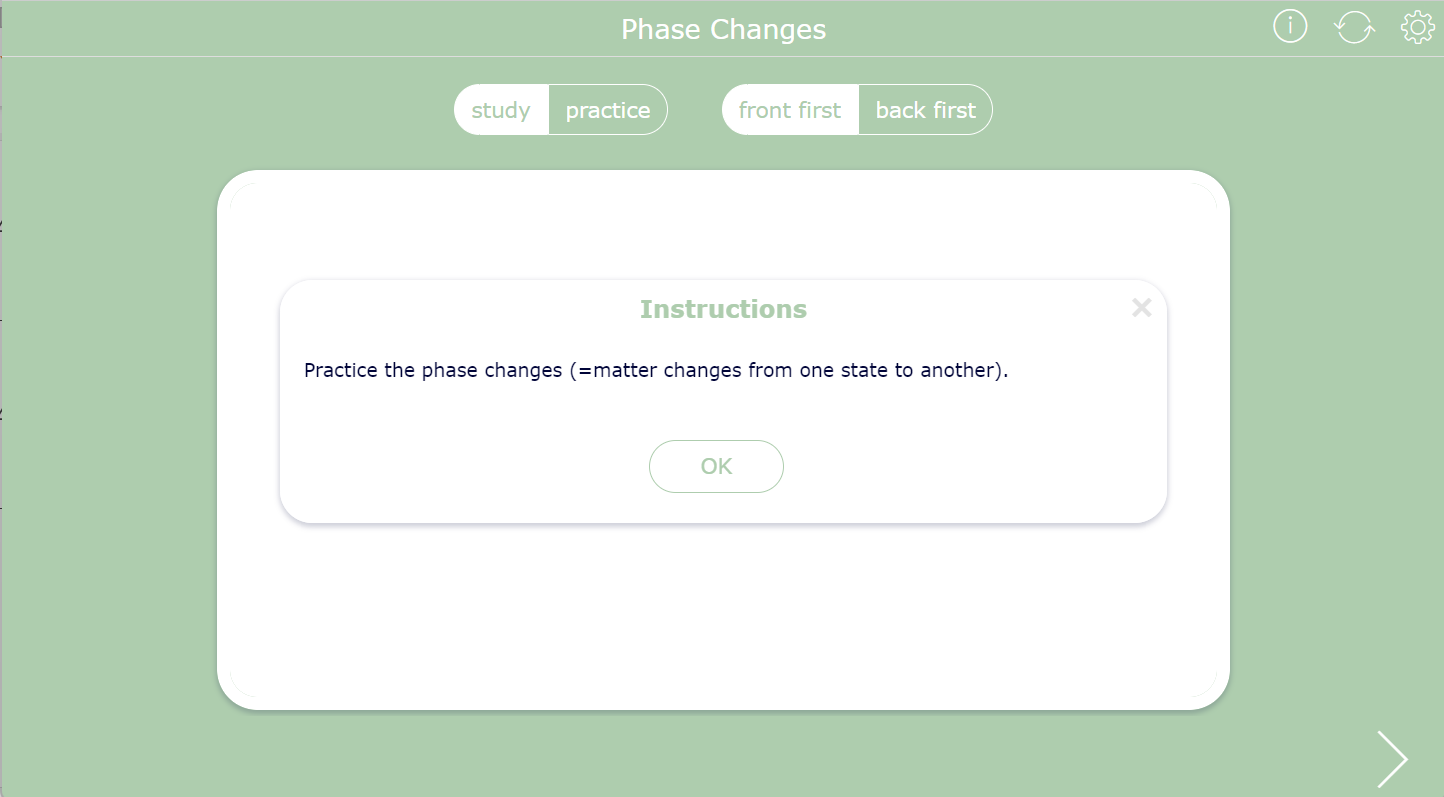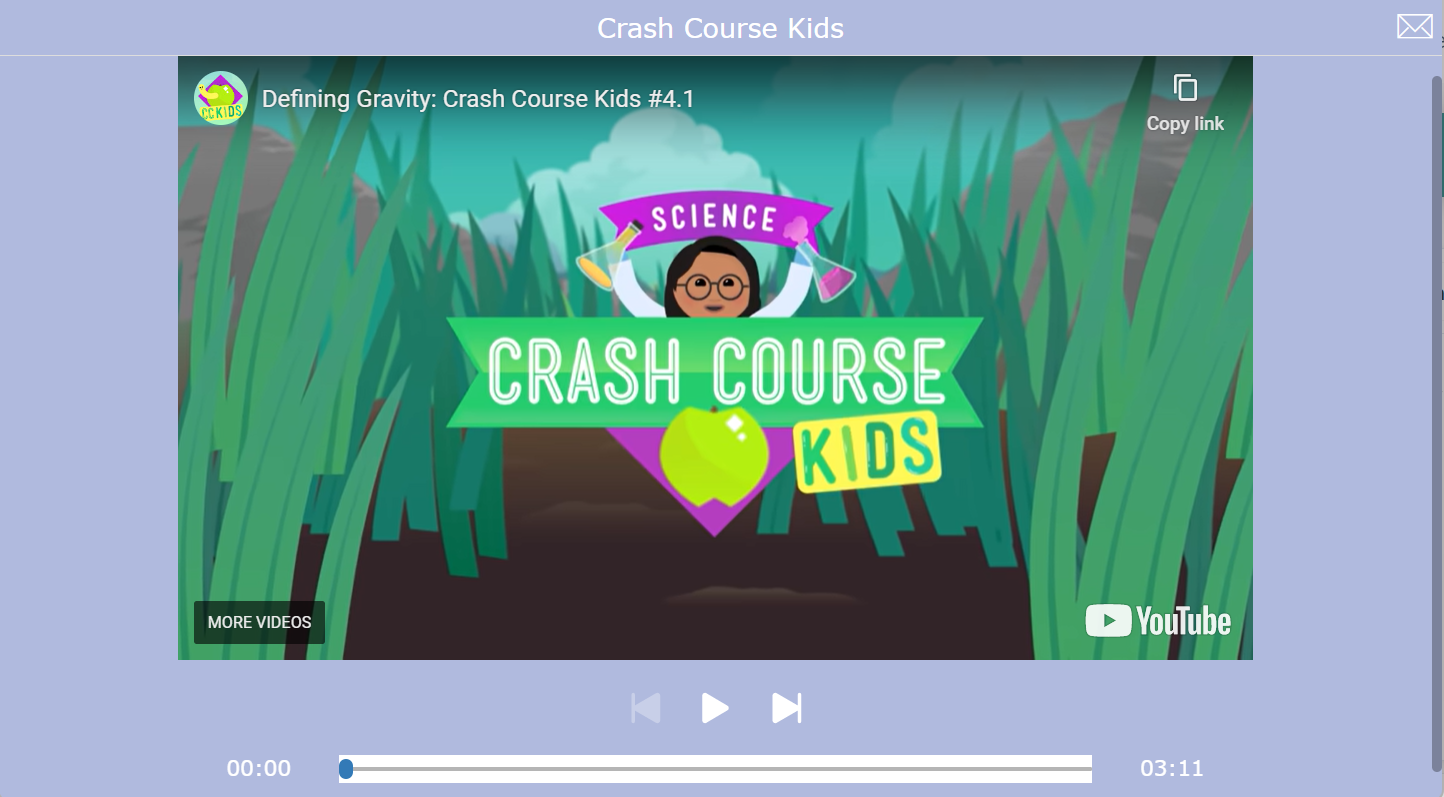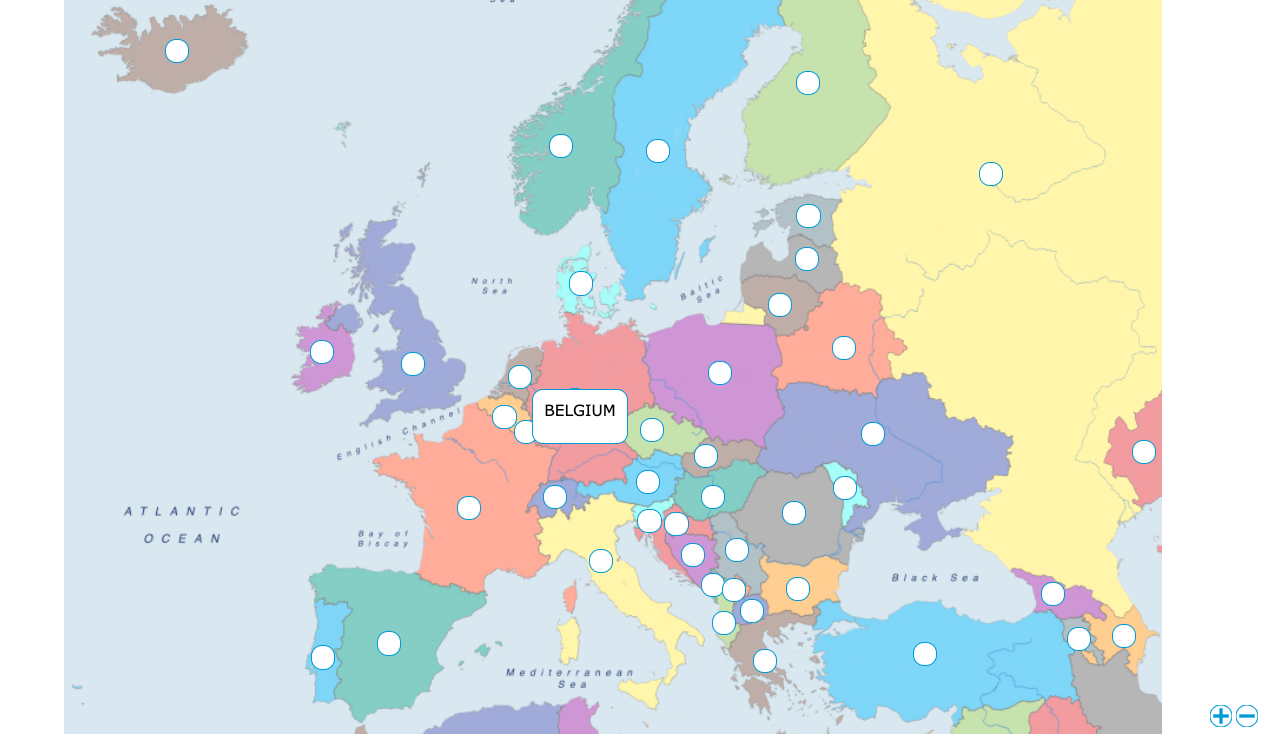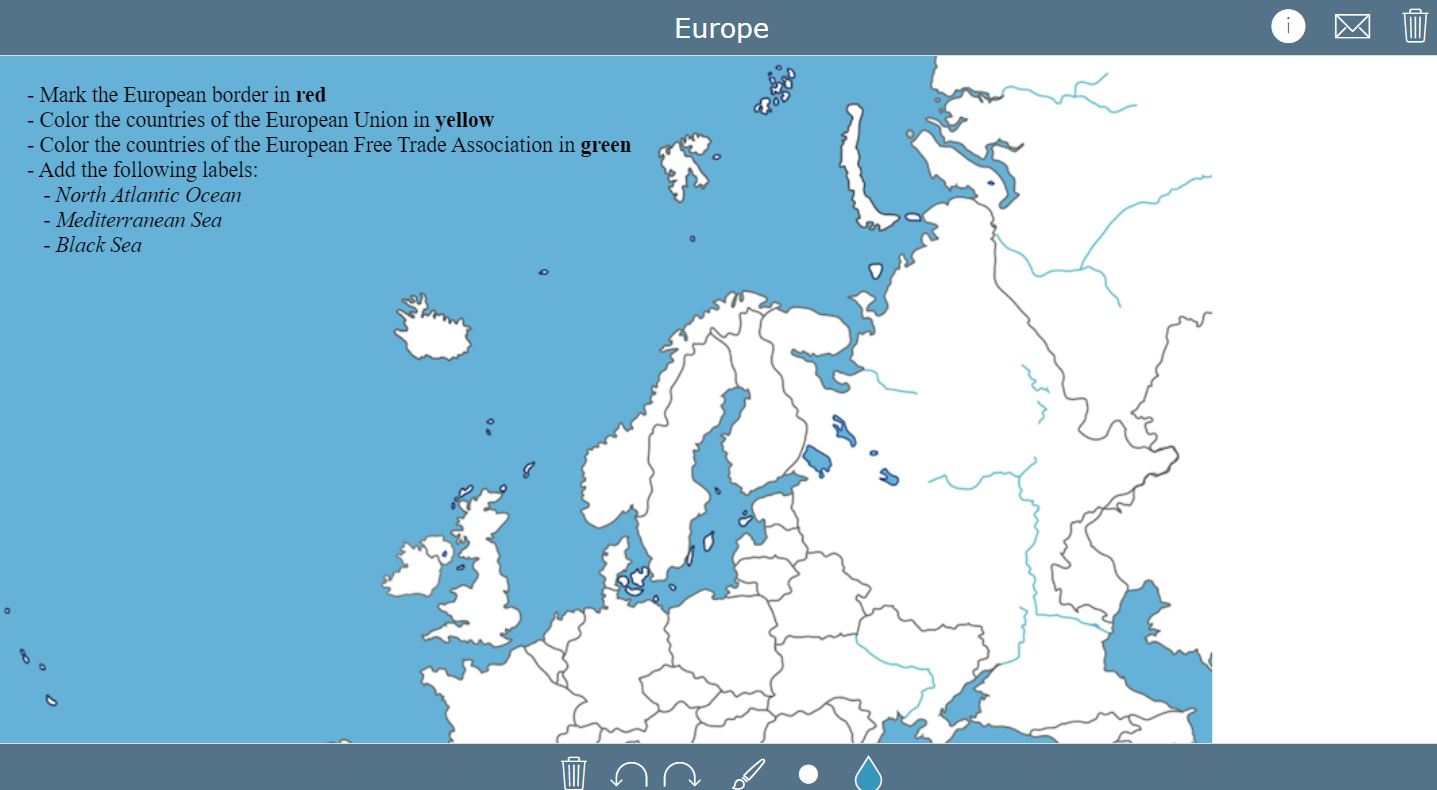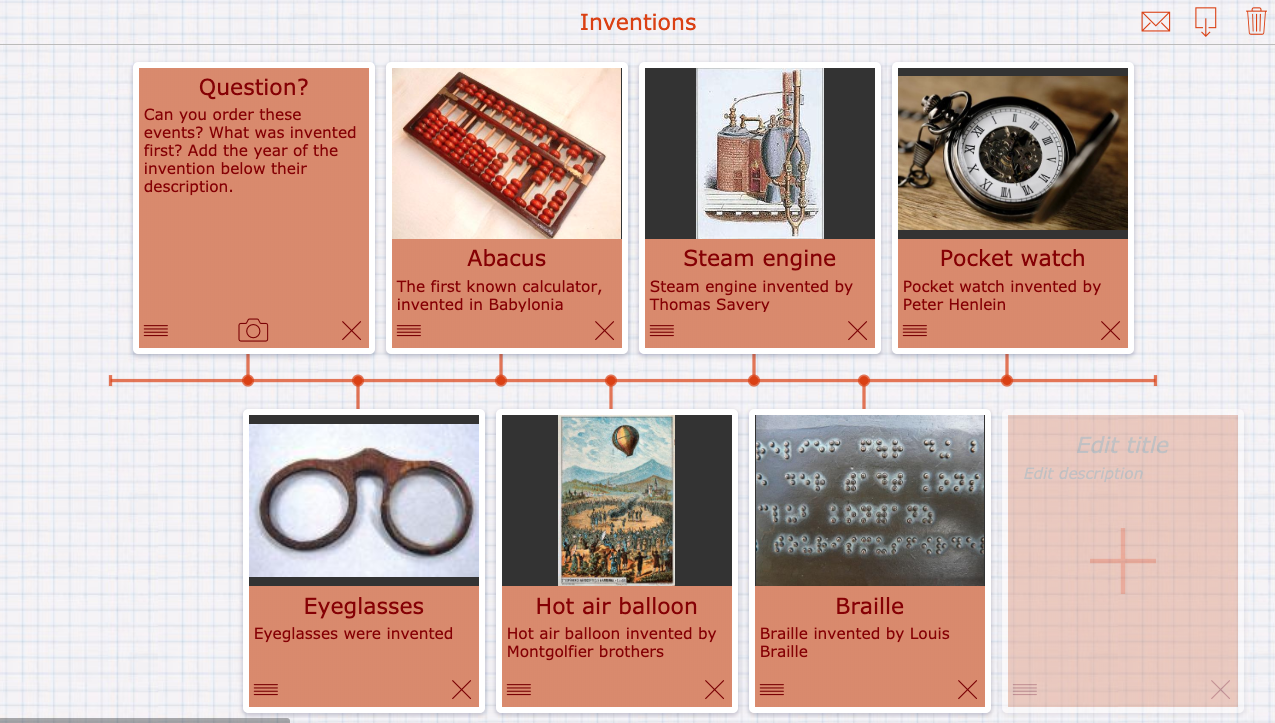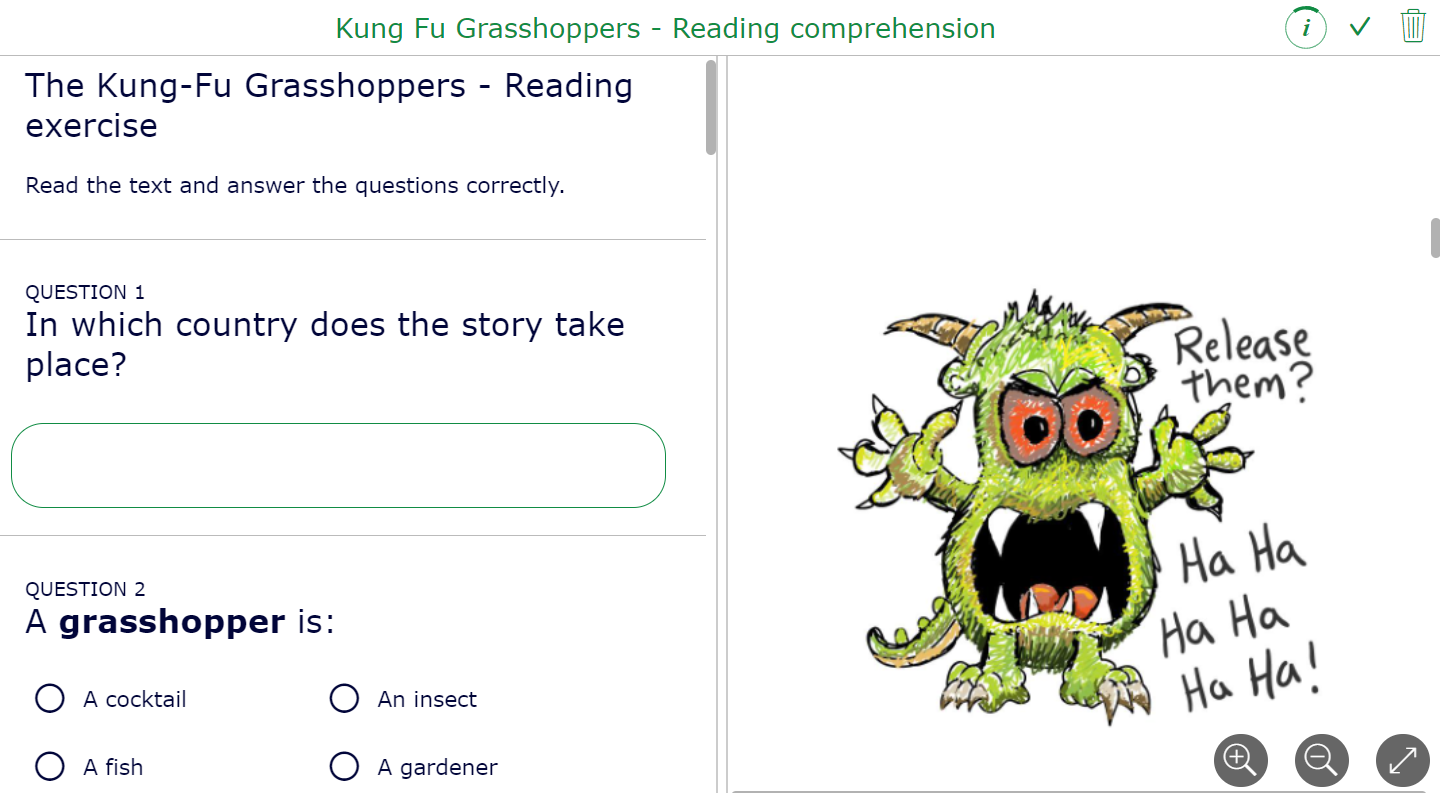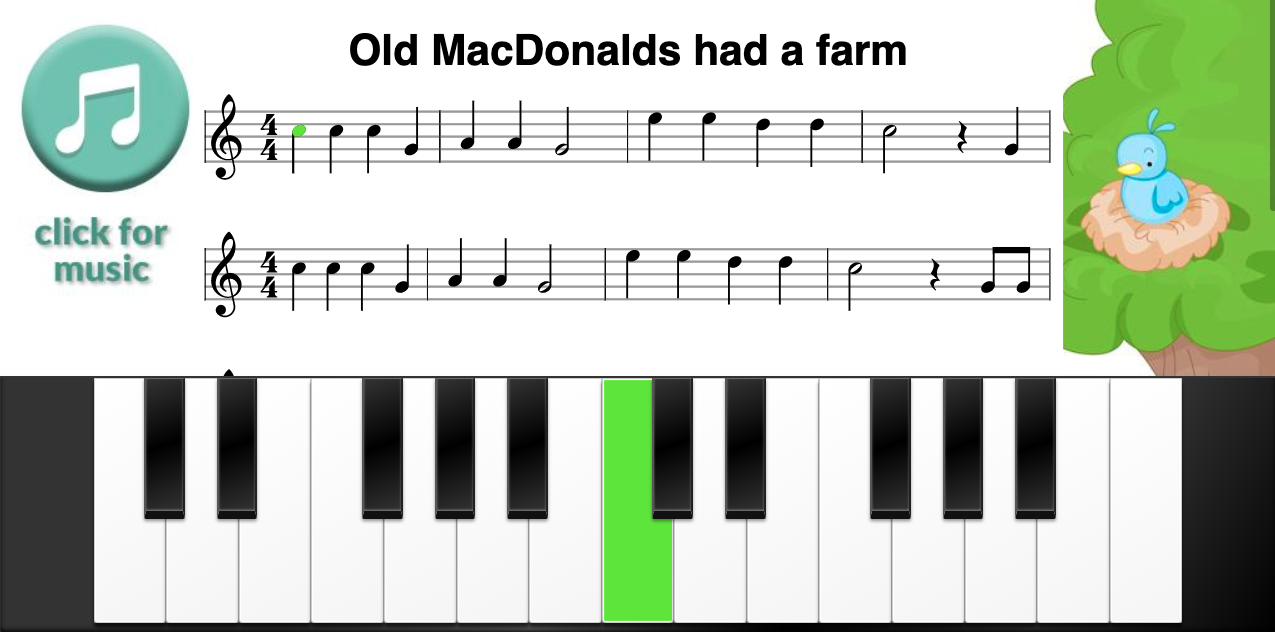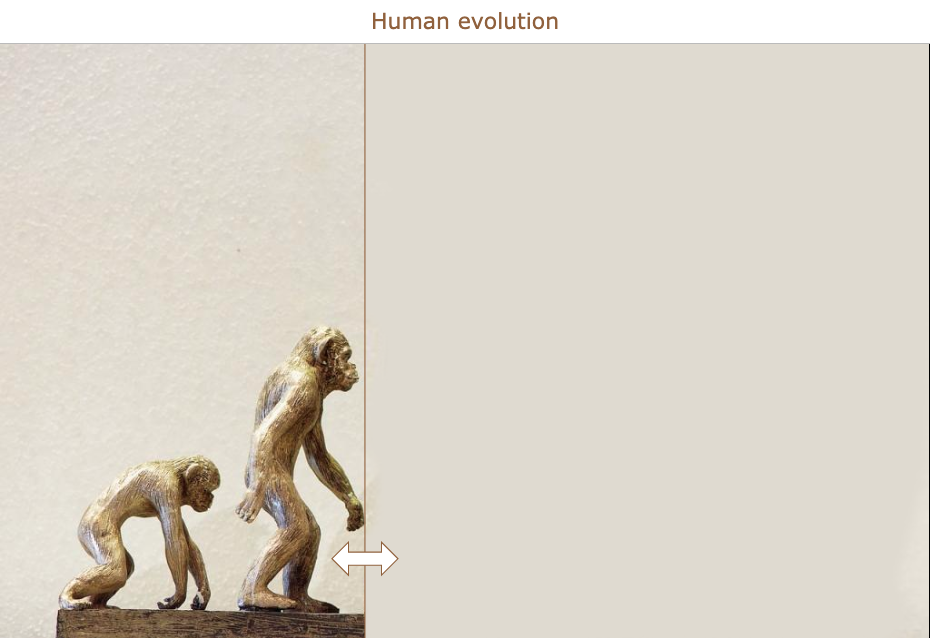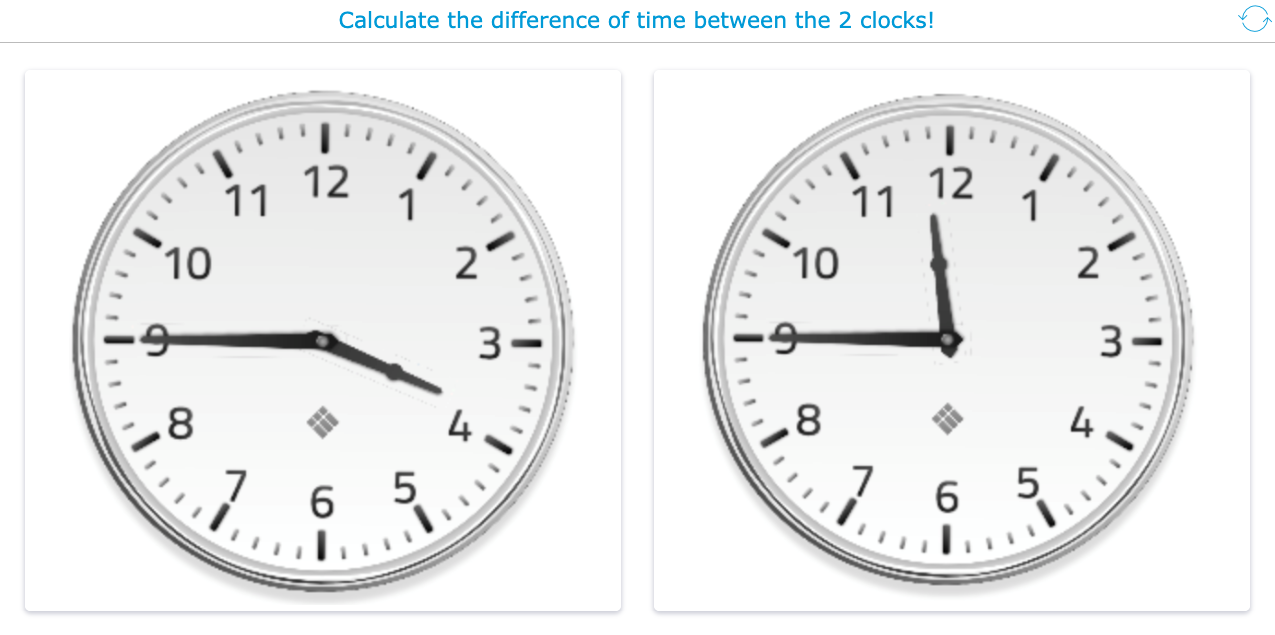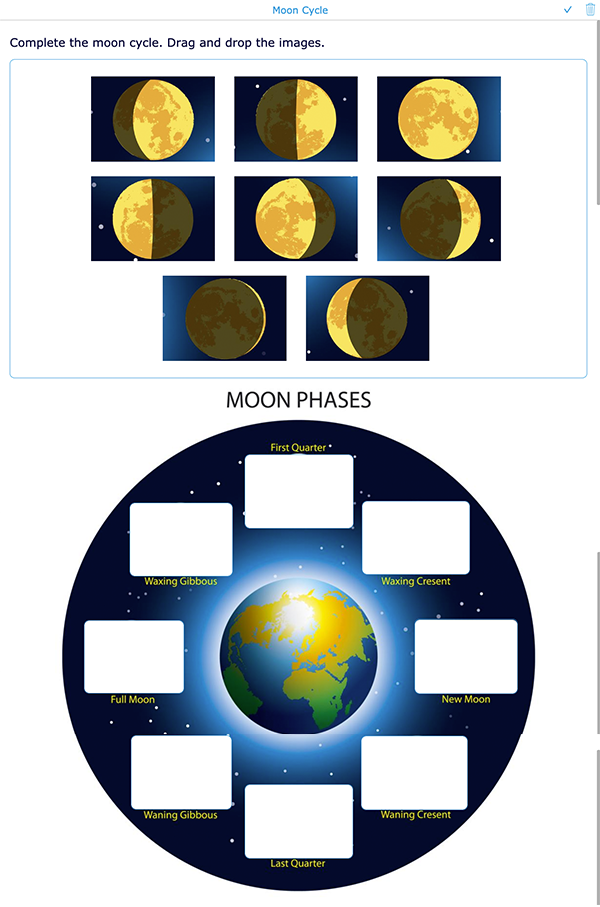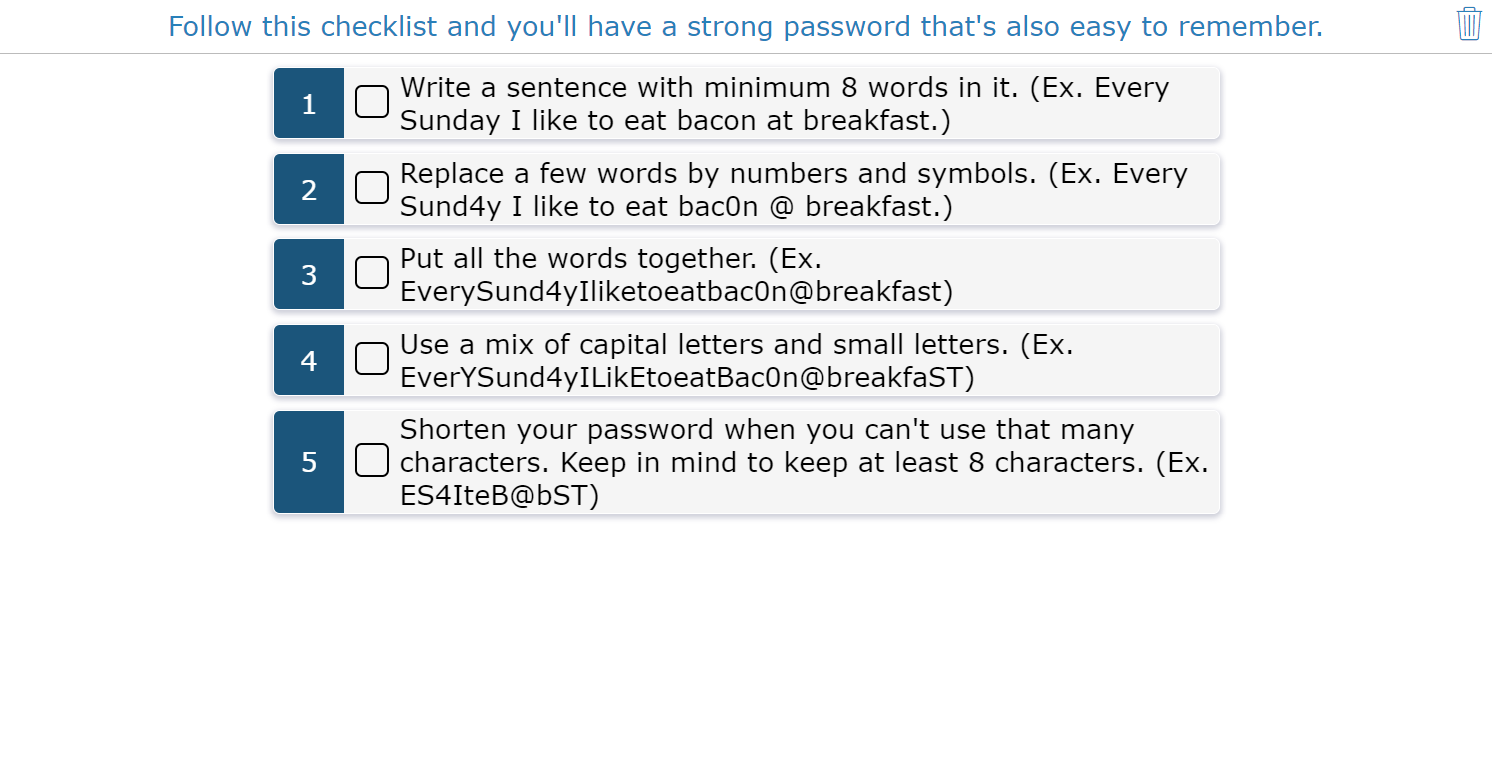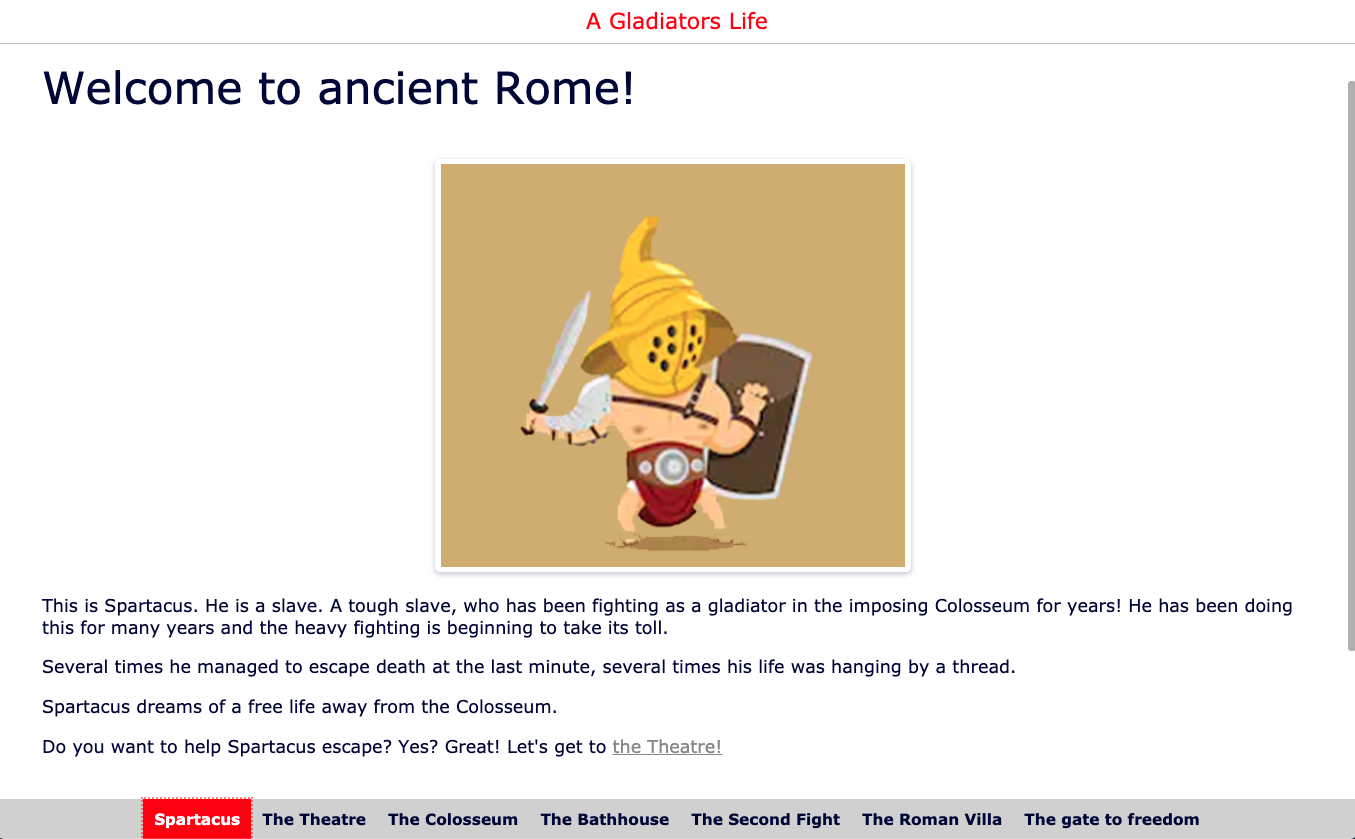40+ Fun and ready-to-use lesson plans for primary school
 Karel Jansen & Lucie Renard —
Karel Jansen & Lucie Renard —
In this post, we will show you how you can use technology to create interactive lessons for primary students. You’ll find many digital ready-to-use lesson examples for your classroom. Just click on the link and share it with your students.
These primary lesson ideas work on all devices, even smartphones. If you want to make exercises like in the examples yourself, you can do this with BookWidgets.
We divided our lesson ideas into 3 categories:
- Language lessons for primary school
- Math lessons for primary school
- Social studies and general lessons for primary school
Language lesson ideas for primary students
1. Sight words - Bingo
When teaching your students their first words, you can use this bingo exercise. The teacher reads the images out loud (for example, “belly”). The students have to find the meaning of the word on their bingo sheet by tapping the right image. The teacher and students continue this process until a student has 5 images in a row. That student has to yell “Bingo”!
To make it more challenging, you can ask your students to write down the word on paper and spell it correctly.
2. Driving directions - Split whiteboard
The Split Whiteboard widget is great for listening and reading exercises. Include text students have to read on one side, and let them draw things on the other side. You can even include audio fragments (for listening exercises), video, and images inside your text, and a background image on your whiteboard such as in the exercise below:
3. Opposites - Crossword
There comes a time when you teach your students all about antonyms or opposites. A crossword riddle is a fun way to practice the opposites they just learned. It’s also automatically graded, so your students get immediate feedback and you don’t have to classically grade it.
4. French numbers - Worksheet
Use this lesson example to practice new vocabulary. In the worksheet, students have to connect the right number to the right description. The worksheet is automatically graded, so students can immediately see where they still need some practice.
This is just one question type out of the 26 question types you can create with BookWidgets.
5. Domestic animals - Hangman
Let your students use this hangman exercise to search for 10 different (domestic) animals. Then let them all, in turn, tell you about the animals they have in their homes. In this way, they not only learn to spell or write the animals, but also learn to speak for a group.
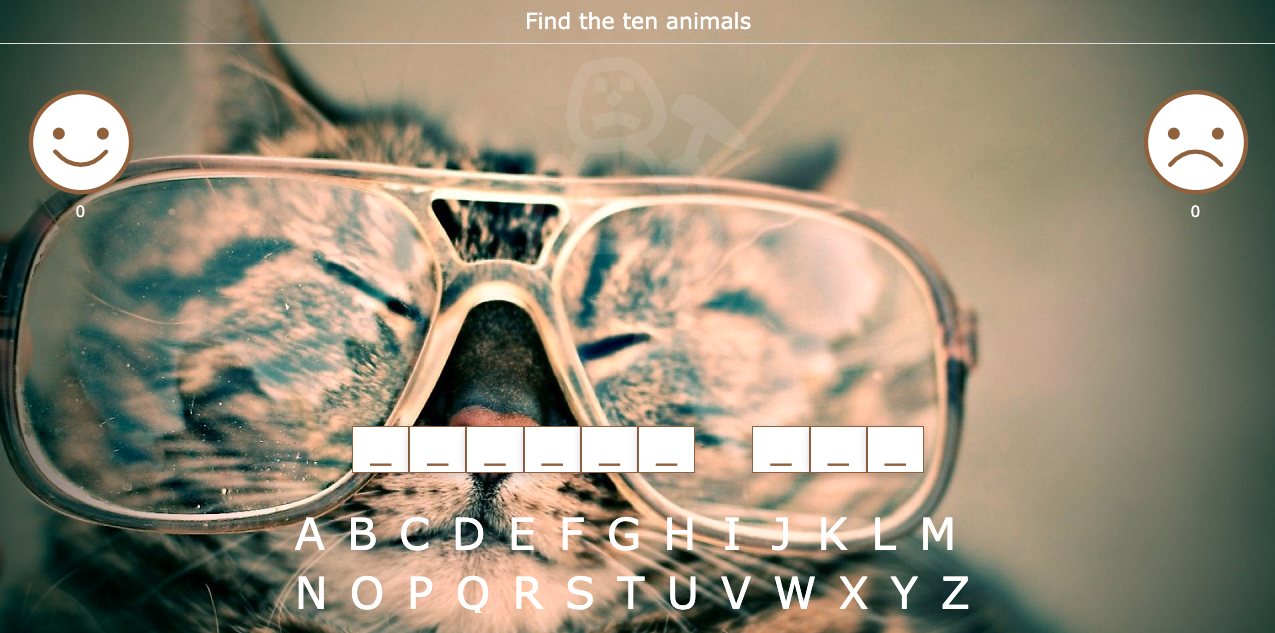
As you can see, this hangman game allows you to use a snowman image instead of a hangman if you wish.
6. Animals - Memory
Learning the names of animals in a language is typically done early on. With the memory game widget, students learn this in a fun and interactive way. They will love this game, and the game will train their brain as well!
7. Making sentences - Worksheet
Before students learn to write a text, it is important to know the parts of a sentence and to make correct sentences. This Worksheet provides the opportunity to practice this. A challenge for them is to write a short story based on the sentences they created.
8. Reading and writing - Randomness
Most students like to make up stories, and then tell them. Use pictures and words in the randomness widget, and let your students spin the wheels. Depending on how many wheels you choose, pictures and words will come up, and students have to invent a story about this.
This exercise can be used both as a speaking exercise and a writing exercise.
9. Write a comic story - Whiteboard
This is another example of a combination between reading and writing. The first step for students is to read a book. Next, they must turn the book into a comic story. An added benefit is that they can incorporate their creativity into the drawings.
10. Listening - Video Quiz
This listening exercise creates a connection with the students’ lifeworld. Are you familiar with the song ‘Let It Go’, I guess you heard it before. During the song, there are several stops, your students need to fill in the missing words from the lyrics. So, attentive listening is crucial!
11. Fruits - Flashcards
Although flashcards are mostly used to study and practice vocabulary and definitions, there are a few other things you can do with them as well.
Since you can add audio to your flashcards in BookWidgets, you can use them to practice pronunciation, like in the exercise below:
12. Days and months - Word Search
Letting your students look for words in a list can be a fun introduction to learn how to write the names of the days, months, etc. After they have found all the words, you can let them write them down.
When teaching a foreign language, you could give your students the description list of the words they have to find in, for example, French.
13. Writing assignment - Planner
You can use the planner exercise to build personalized learning plans, or simply use it as a personal student planner such as in the example below.
Here, students have to follow all the steps to complete a writing exercise. This planner exercise will help them plan the exercise and keep track of what steps they have to make in order to complete their task. This is an exercise that teaches students to work more independently.
Math lesson ideas for primary students
14. Counting to 10 - Worksheet
Being able to count to 10 is an important foundation for moving forward in math lessons. So a lot of practice is necessary to automate the knowledge. By dealing with this in an interactive way, students will learn it faster.
15. Pizza fractions - Pair Matching
Use this Pair Matching exercise to let your students practice how to read fractions correctly. Students have to match the right pizza proportions with the right fractions. Looks like fun, right?!
16. Color fractions - Whiteboard
Another way to teach fractions is by using a whiteboard. Add a background image so students can color the right parts. Students can click on the “envelope” button and send their work to the teacher. This way, the teacher can grade it if needed.
To be able to grade student work, make sure you have a BookWidgets account. Your students must send their work to the email address you use to sign up in BookWidgets.
17. Multiplying fractions - Video Quiz
To teach new material, a video can provide good support. To maintain attention, questions are frequently asked throughout the video. After answering a question, the video will continue to play.
18. Sides of quadrangles - Hotspot Image
This Hotspot Image is a good practice for recognizing parallel sides in quadrangles. Because of the use of sounds, it is more fun for children to work on the exercise. So it is the perfect way to link practice with fun.
19. Geometric shapes - Flashcards
Use the flashcards widget as a rehearsal and practice exercise. Let them name the geometrical shapes and check whether they were right or wrong. There are 10 different shapes in the exercise below.
20. Geometry - Angles - Split whiteboard
With the split whiteboard exercise, you can instruct your students to draw something. Here, the students have to draw the different kinds of angles and explain them to each other. This way they learn to draw and explain them to each other, which makes them learn much faster.
21. Origami - Whiteboard
Mathematical insight is a concept that comes up regularly. This can be encouraged from an early age of learning. In this example, students must recreate the picture by using different shapes that they position correctly.
22. Arithmetic - Jigsaw
Let the students solve the jigsaw puzzle. Students also have to solve an arithmetic exercise by looking at the exercise title.. The riddle can be solved by completing the jigsaw puzzle first. This is a fun way to teach math and logic thinking to the youngest students.
23. Paint by numbers - Whiteboard
Use this digital whiteboard to let your students color a picture and solve arithmetic. Give your students math exercises they have to solve in order to find out the right color. This way, they learn math in a fun way.
24. Time tables - Arithmetic
Use the Arithmetic widget exercise to let your students solve simple arithmetic problems, adapted to their level. As a teacher, you can choose the difficulty level and the exercises your students have to do. In this widget, students practice their time tables.
With every correct answer, a letter from the reward word will reveal. To make it harder, you could let the exercise erase a letter when students give a wrong answer.
25. Time tables - Spot the difference
Combining pleasure with learning? Easy! Use the spot the difference widget if you want your students to clear their heads. It’s a fun game for your students where they learn to search for differences. But that’s not all. BookWidgets allows you to insert reward words when your students have found all the differences. So why don’t you give them a time table to solve such as in the example below?
This is the perfect exercise that can serve both as an energizer and a learning exercise to start a lesson.
26. Arithmetics - Image viewer
With the image viewer widget, you can zoom in on images and find out the details. You can also hide some ‘secrets’ in an image, as you can see in the following widget. Students have to zoom in on the Mona Lisa and search for the 12 arithmetic exercises, and solve them. It’s a fun way for students to learn mathematics.
You can also use this exercise to teach your students more about art, and let them explain what is so special about this painting.
This exercise is also perfect for when students are given an iPad or tablet for the first time. They learn to use their hands to zoom in and pan around.
27. Arithmetics - Crossword
Of course, arithmetic exercises can also be practiced in other ways. Here, for example, a crossword is used. The exercises are the tasks and the solution must be entered into the empty boxes. This way, students will notice more quickly if they have miscalculated something.
Social studies and general lesson ideas for primary students
28. Traffic signs - Pair Matching
A pair matching exercise is perfect for students to practice something independently. By finding the pairs themselves, they will also remember this more quickly, especially if you pair up images with text. This lesson example is all about reading traffic signs.
29. Feedback on today’s lesson - Exit Slip
Getting feedback from your students about your lessons is always helpful. With the Exit Slip widget, you can easily request feedback from younger students. By only asking them 2 short questions, you know if they found your lesson successful and whether they understood it.
30. About the forest - Mind Map
Introduce a new topic in a fun and interactive way with a Mind Map exercise. Give every student the task to find at least 5 words or terms they already know about the new topic. Students can add little balloons and link them to each other. They just have to click twice.
31. Phase changes - Flashcards
After conducting several experiments to clarify the concept of each phase, it is time to study/practice the different phase changes. By using flashcards, it is very easy, on one side there are the names of the phase while on the other side the transition is clarified. The students can choose what they want to see first.
32. Gravity - Video Quiz
Through a Video Quiz, a new learning topic can be explained to your student, in this case it is about gravity. However, they don’t just have to listen, they need to think for themselves and accomplish some assignments through the video.
33. European countries - Hotspot image
Teach your students more about the countries that exist in Europe. With the BookWidgets hotspot image widget, you can insert the map of Europe and indicate the countries with hotspots. This way, students can learn at their own pace which country is where exactly. In addition to text boxes, you can also insert images, video, website or sounds.
34. Europe - Whiteboard
Can you remember it? Back in the day, when you were learning about the world, you regularly had to color in or indicate something on a map. This is still the case, but the possibilities are different. Instead of doing this assignment on paper, it can be done digitally. Check out the example.
35. Famous inventions - Timeline
Use the timeline widget to teach your students things from a certain time. In this widget, students have to put the inventions in the right order. In order to do that, they will have to look up the date of this invention on the internet. This is an interactive, fun way for students to learn things.
A BookWidgets timeline can be either a static timeline, or an editable one such as the one above.
36. Kung Fu Grasshoppers - Split Worksheet
Use a split worksheet such as this one as a reading exercise about a certain topic. On one side, students read a text from which they can retrieve the information, and on the other side, they solve the questions.
37. Music - Piano
Almost everyone loves music, and with the Piano widget, you can teach your students how to play the piano and read the notes. This is definitely a widget they will love. Can your students reproduce the song in the example?
This is the perfect exercise when you’re using iPads or tablets in the classroom. Students just have to tap the piano keys with their fingers.
38. Evolution - Before/after
To simulate evolution, you can use the before/after widget that compares 2 images. Choose 2 images with an evolution or differences, and let the students use the slider to find out the differences between the images. Then let them say what differences they see between the images. In this widget, you can see the evolution of man. Let them explain the different stages in this evolution.
39. Clock reading - Random images
The random images widget shows students 2 random images of a list the teacher created. You can use this to give your students a task they have to complete. In this widget, students have to find out what time it is on both clocks. Afterwards they have to calculate how much time there is between those clocks. Let students pair up. One student says if the clocks are AM or PM, and the other needs to find out the time difference. Click on the “random” button in the upper right corner to show two new clocks.
40. Moon Cycle - Worksheet
You can create a lot of different exercises with the BookWidgets worksheet widget. Create a worksheet with multiple question types. In this widget, students practice the moon cycles in a very interactive and fun way.
41. Build a safe password - Checklist
With the checklist widget, you can do a lot of things. In this widget exercise, students can learn how to build a strong password. For each step they have completed, they can tick off one step until their password is formed.
42. Gladiators - WebQuest
With the BookWidgets WebQuest widget, you can let your students go on an online quest and let them explore and analyze new information that is given via the internet. In this WebQuest, students have to search the internet for information about gladiators. With this information, students can complete the exercises in the WebQuest. It’s a good exercise to teach them to work independently and in an interactive and fun way.
Wrap up
So, that’s it. We really hope you have enough inspiration and lesson plan ideas you can use right away. Just copy the link and share it with your students. What’s your favorite example? Let us know on Twitter and join our Teaching with BookWidgets Facebook group to share your fun activities with other teachers. 👩🏫
Remember, if you want your students to be able to submit their work to you so you can grade it, you have to sign up for a BookWidgets account. You can also create exercises like this yourself:
